In life, one thing is constant, change. This fact applies even when it comes to fashion. Today, fashion designer, Kikstylish takes us on a beautiful journey of the evolution of bridal fashion.
The latest Igbalode bridal collection elegantly portrayed the remarkable transition from classic to contemporary bridal fashion. This evolution is evident in the array of intricate details and execution patterns which now grace the fashion industry. From the plethora of designs in this collection, we can spot the infusion of modernity in the form of corsets, form-fitting silhouettes, diverse necklines and unique gele designs. With the Igbalode bridal collection by Kikstylish, every bride can stay true to their roots in the most stylish way.
Here is what the designer, Kikstylish has to say about the collection:
Africans have made significant contributions to the fashion and style industry throughout history, and the influence of Africa continues to evolve and grow. This collection is about bringing the old and the new African fashion to create a new school look. This collection celebrates Africa’s heritage and cultures as a whole. We Africans have made significant strides in the fashion and style industry. Our rich cultural heritage, innovative designs, and commitment to sustainability have contributed to the evolving landscape of global fashion.
Igbalode means Modern. Fashion in the past was heavily influenced by the prevailing cultural and societal norms of the time. Traditional clothing, often reflecting religious, regional, or social customs, was more prevalent. In contrast, modern fashion is influenced by global trends and is often characterized by cultural fusion and experimentation. Advances in technology have greatly impacted the fashion industry. Modern-day techniques in textile production, such as synthetic fibres and digital printing, allow for a wider range of designs, colours, and textures. Additionally, mass production and global supply chains enable faster and more accessible fashion production and distribution.
Fashion trends and silhouettes have evolved significantly over time. In the past, clothing was often more structured and modest, emphasizing formality and elegance. In contrast, modern fashion has embraced more casual and relaxed styles, with looser silhouettes and a focus on comfort. In the past, fashion was often exclusive to the elite or wealthy classes, with limited access to the general population. Today, fashion is more accessible due to various factors, including affordable ready-to-wear brands, online shopping, and a wider range of price points to cater to different budgets. In the past, garments were typically handmade by skilled artisans. Techniques like weaving, embroidery, and embellishment were labour-intensive and time-consuming.
Clothing was often considered a form of art, and intricate details and craftsmanship were highly valued. Olden days fashion was heavily influenced by regional and traditional customs. Different cultures had distinctive clothing styles that were passed down through generations. Traditional garments often reflected religious beliefs, social hierarchies, and local climate conditions. In recent years, there has been a growing awareness of the environmental and ethical impact of the fashion industry. Modern-day fashion is witnessing a shift towards sustainable and ethical practices, with an emphasis on responsible sourcing, recycling, and fair labour practices. This focus on sustainability was less prominent in the past. It’s important to note that fashion is highly dynamic and constantly evolving, and these differences are generalizations and may not be specific to the era or culture.
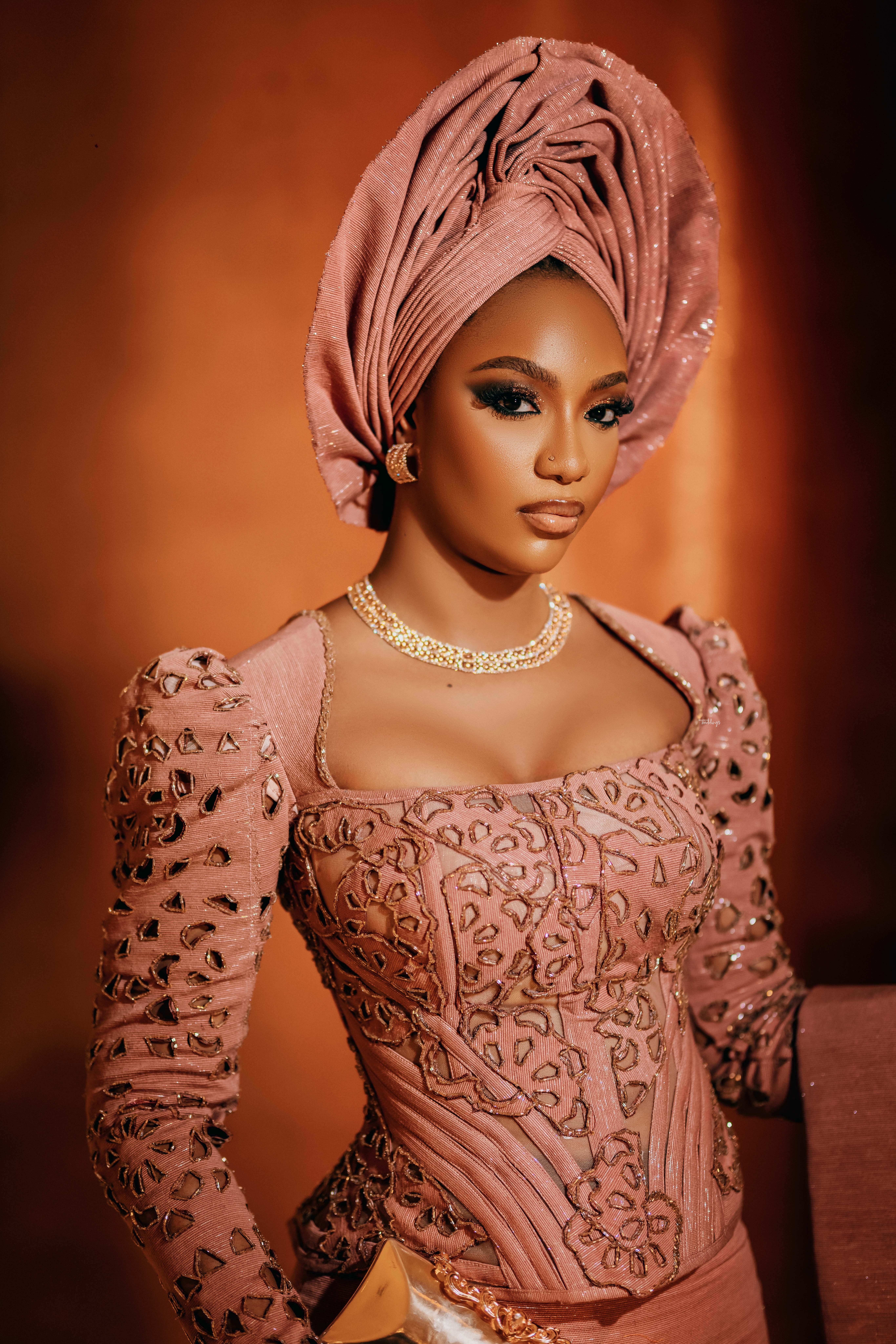
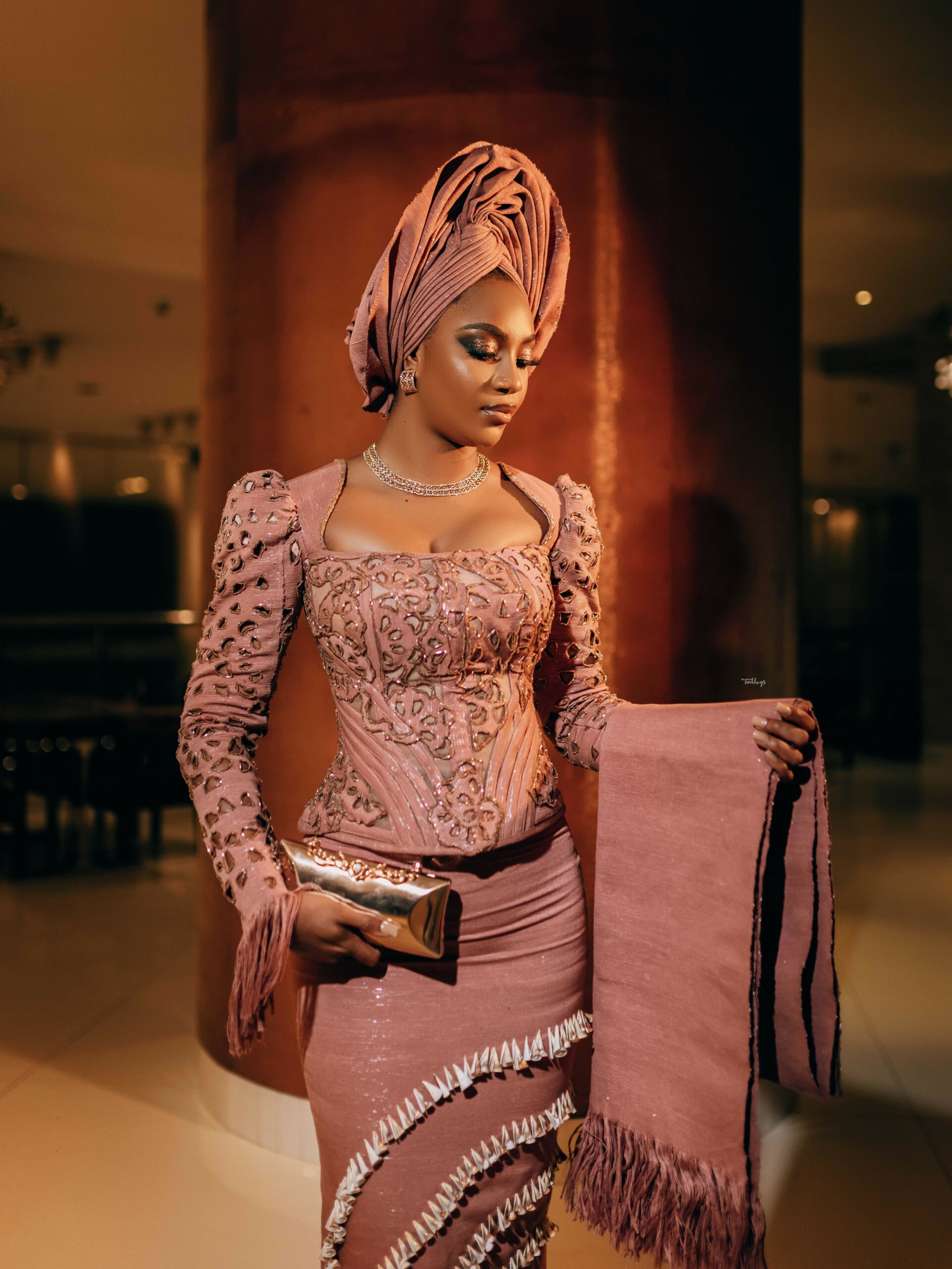
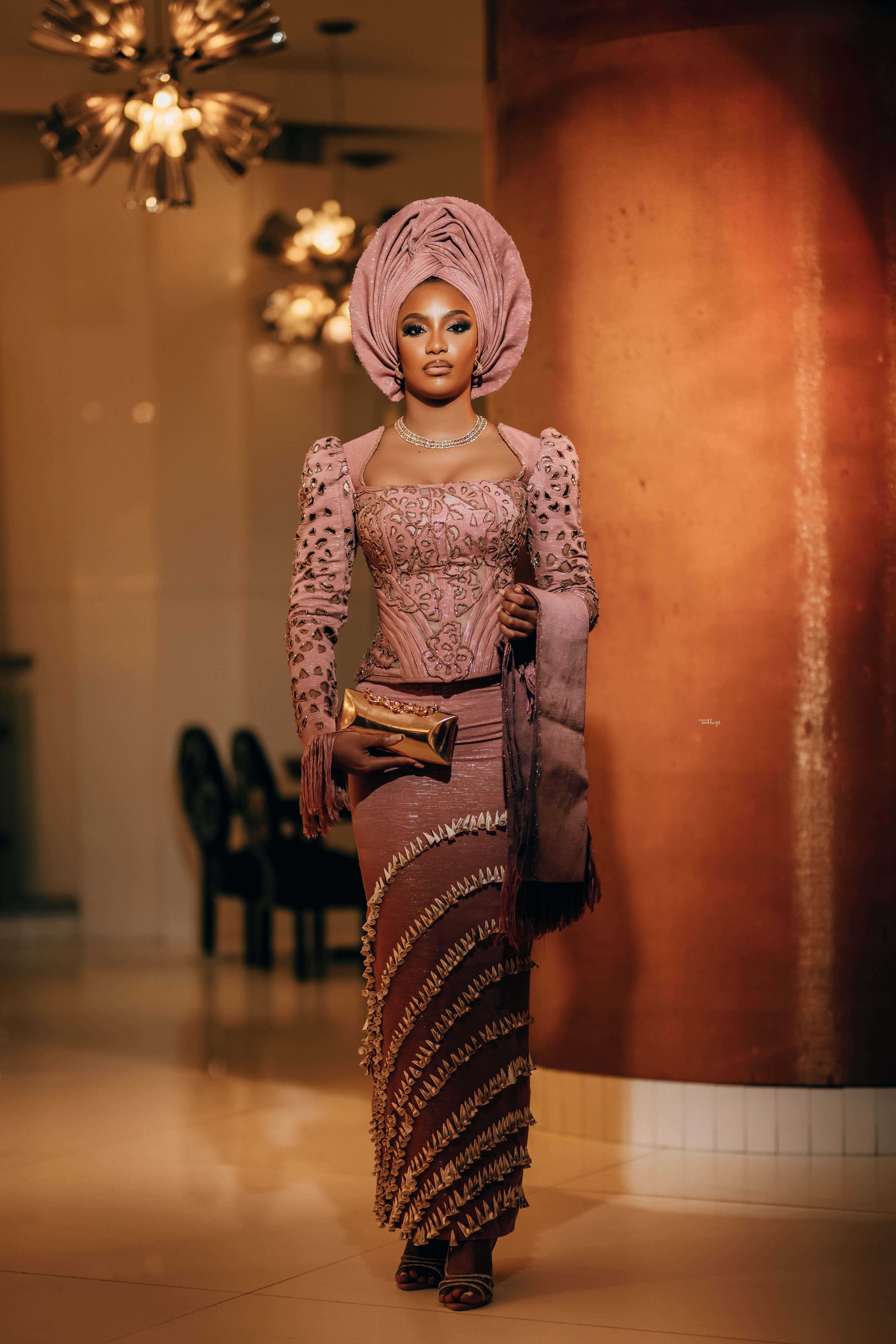
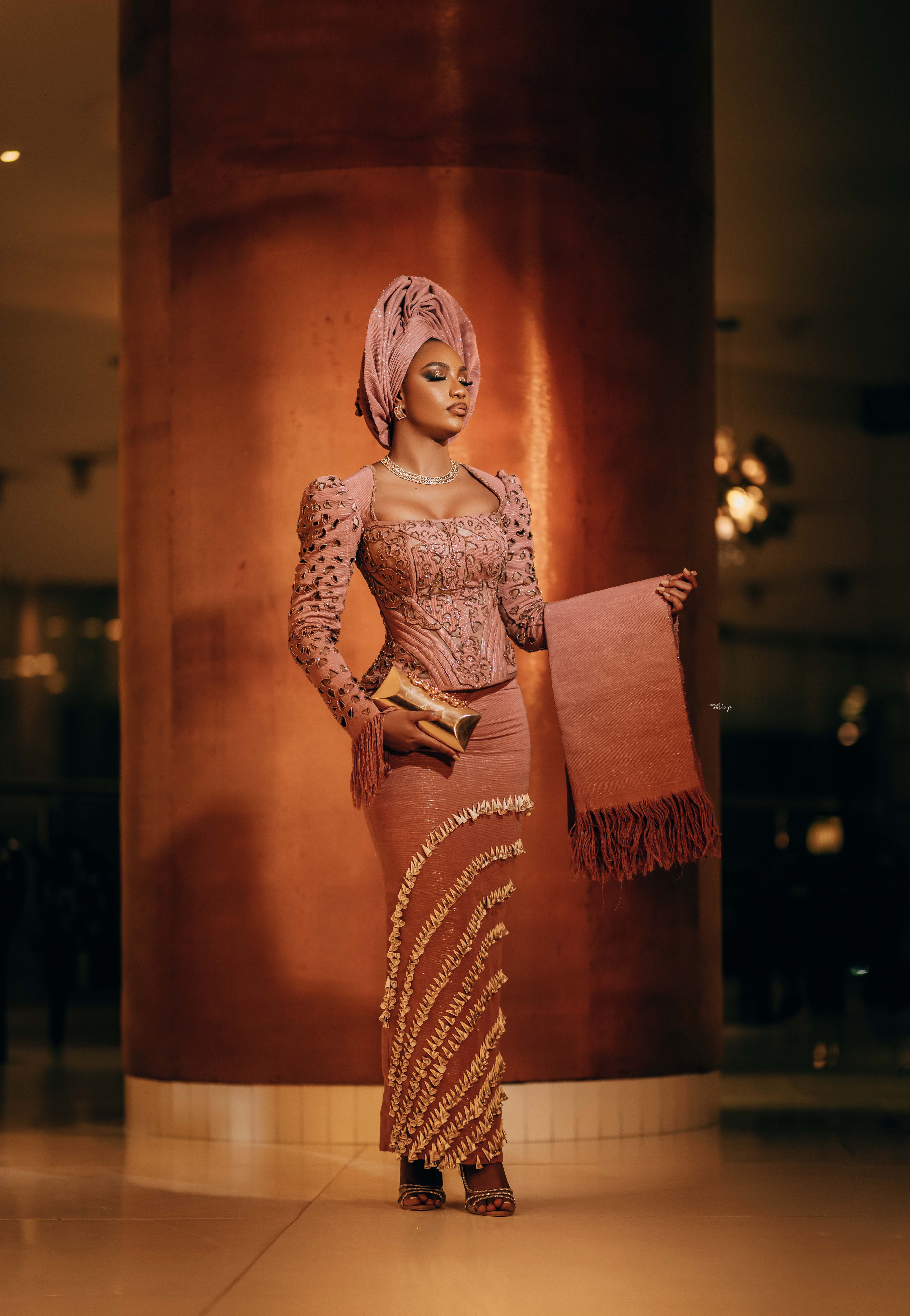
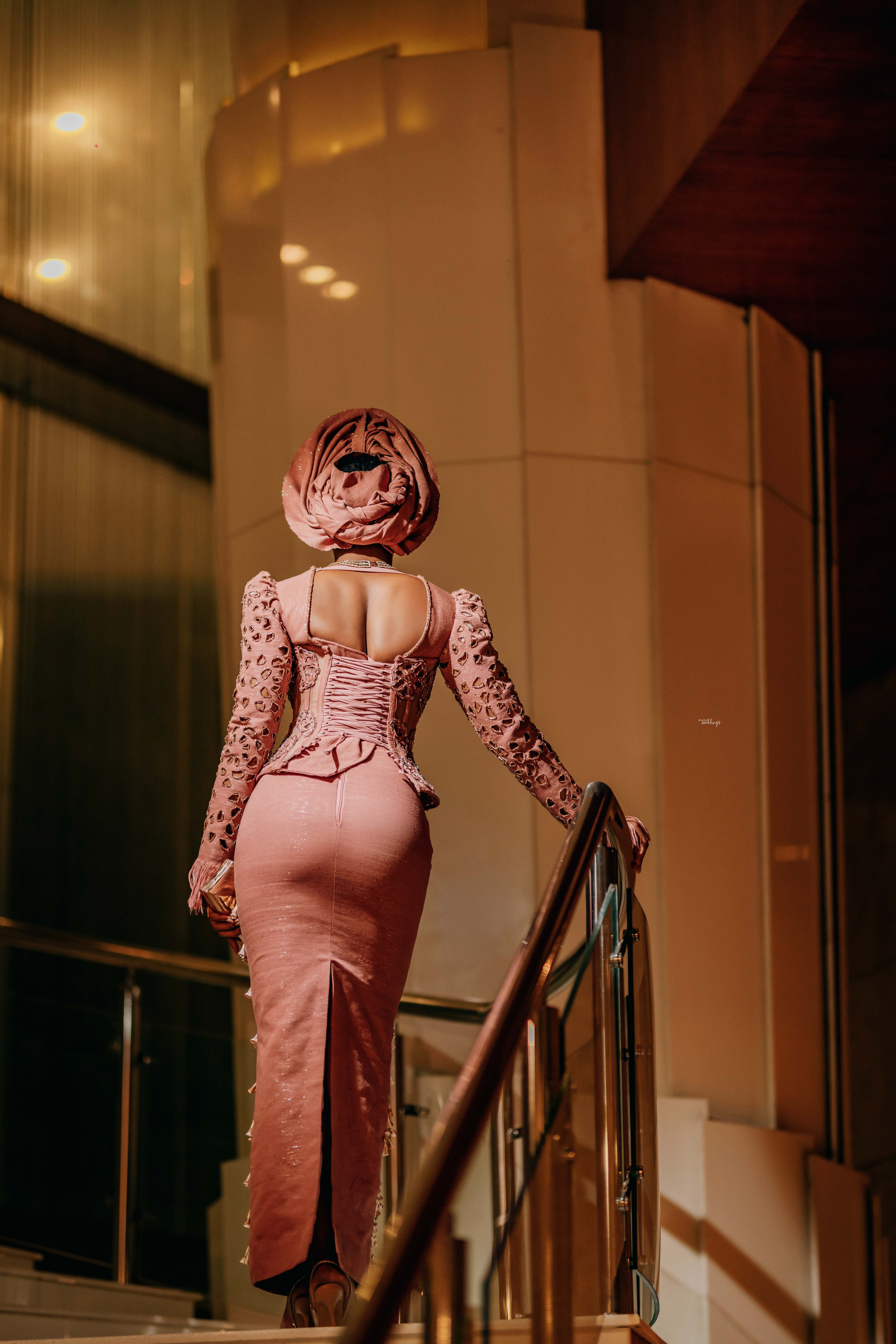
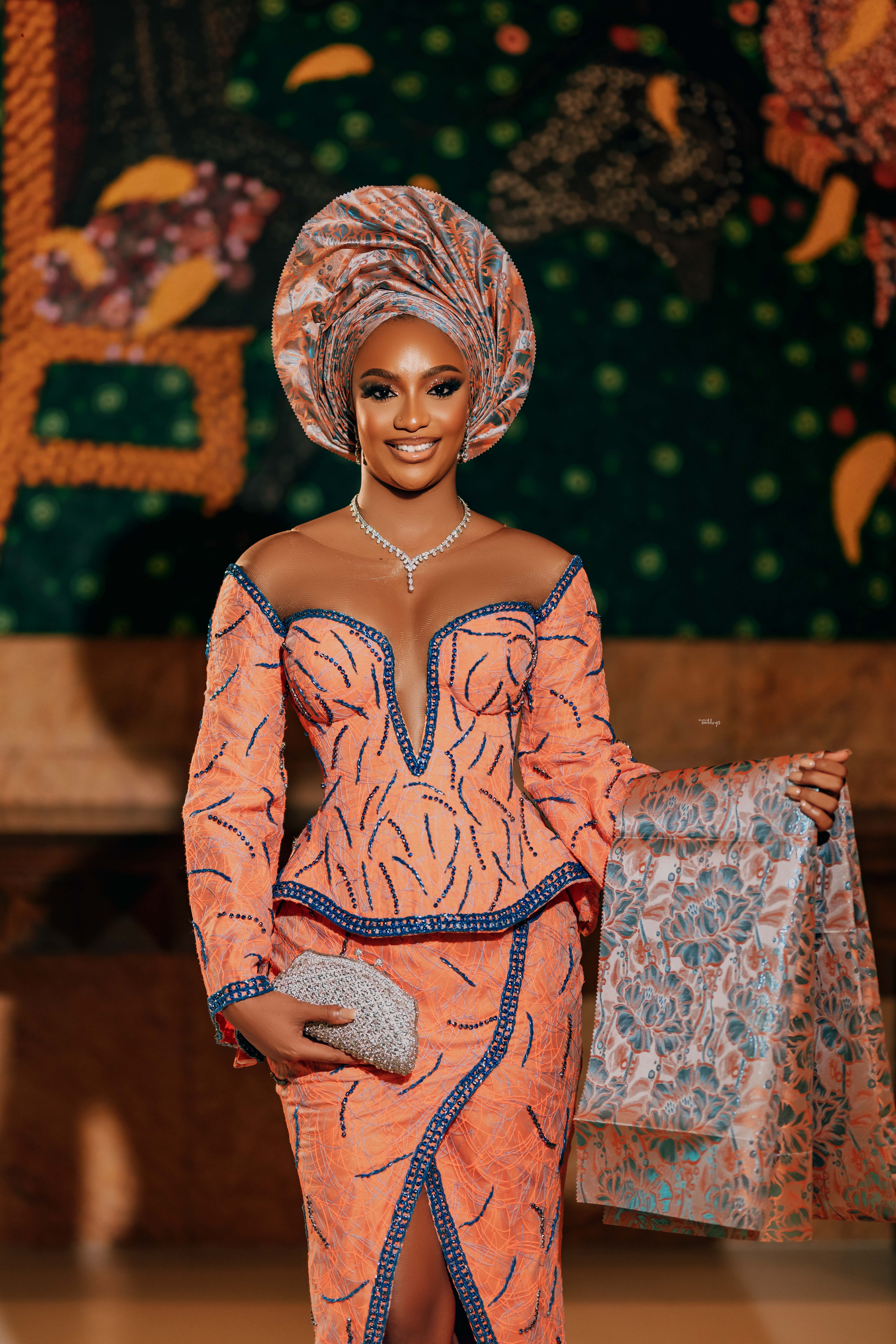
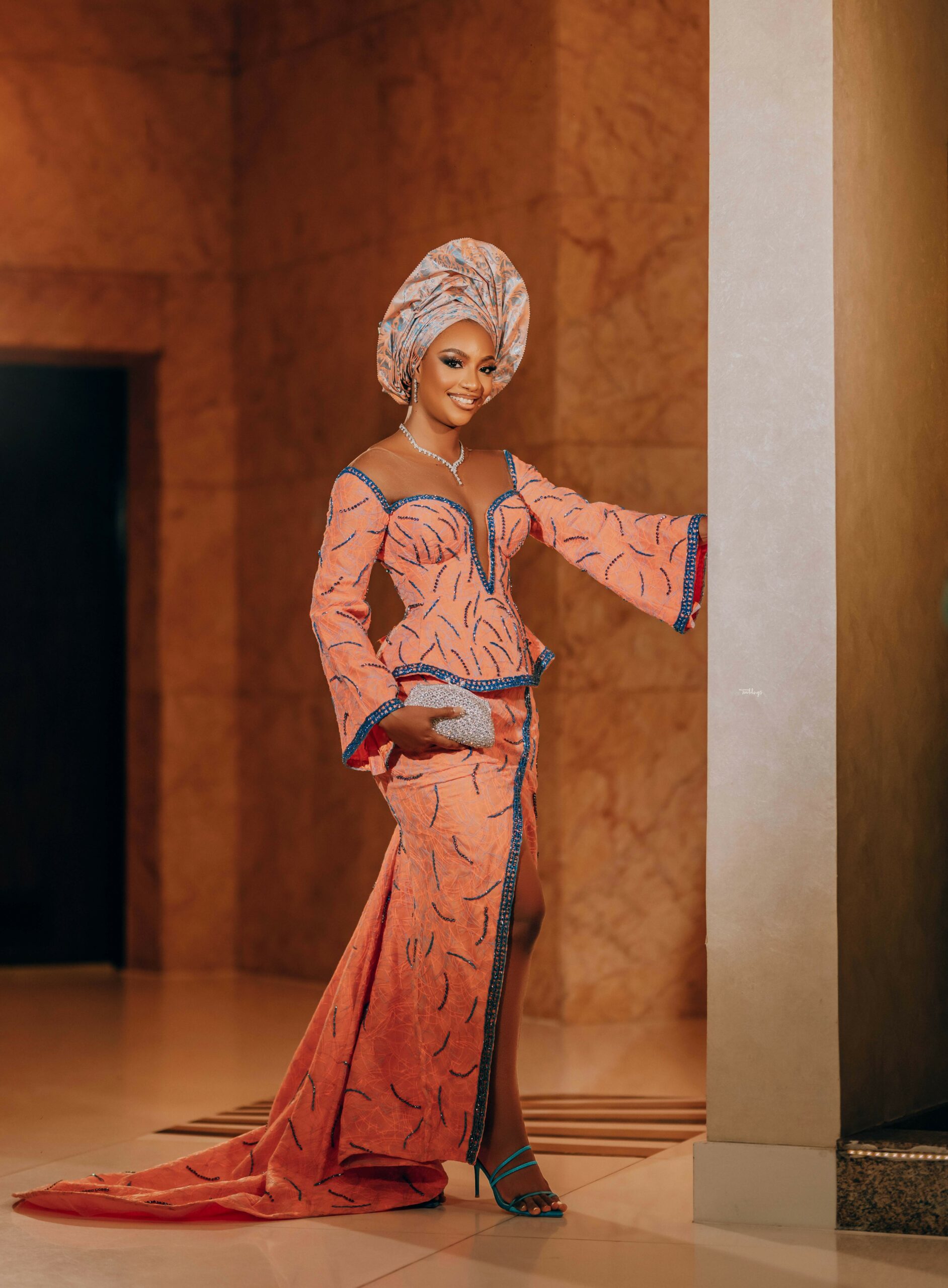
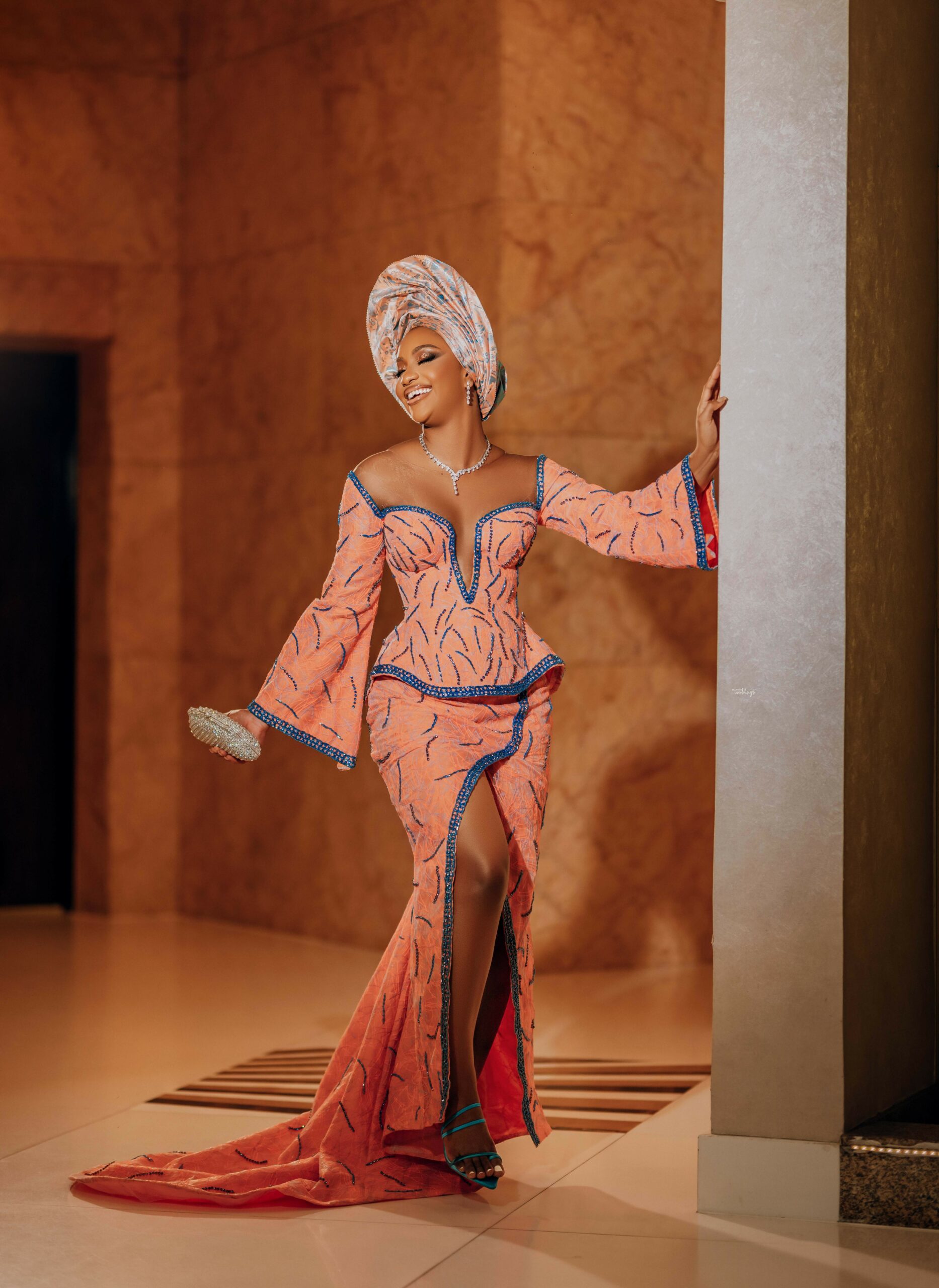
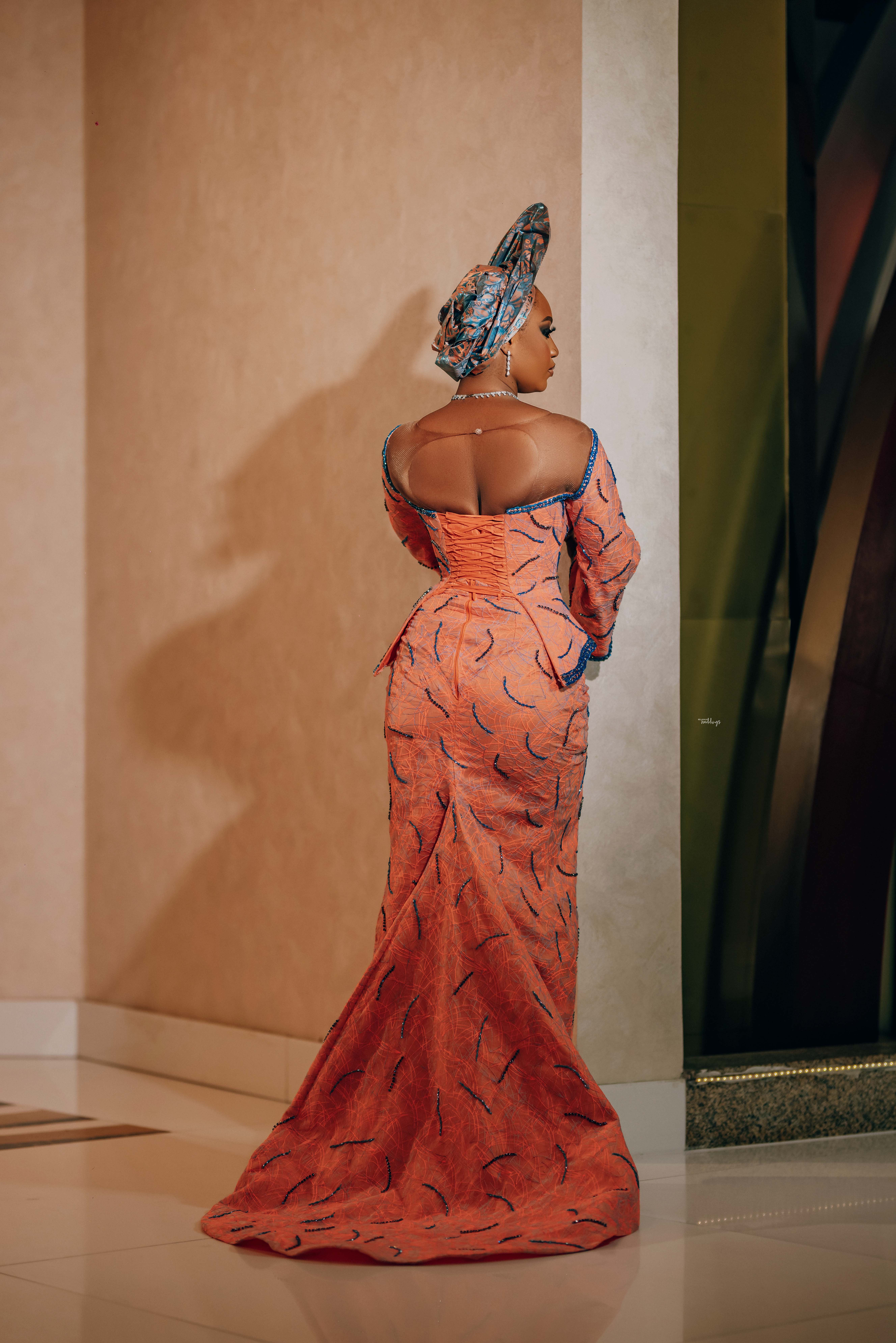
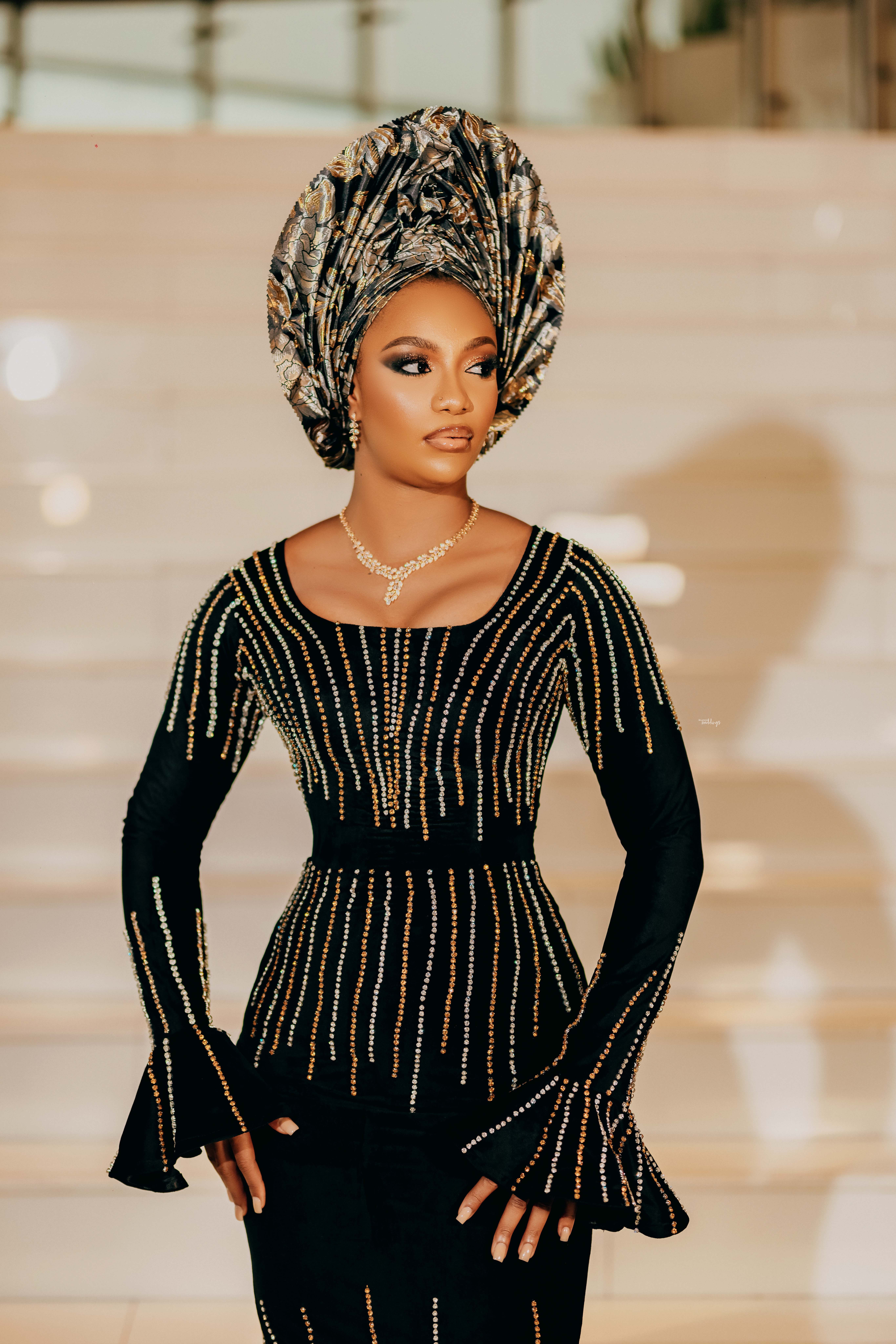
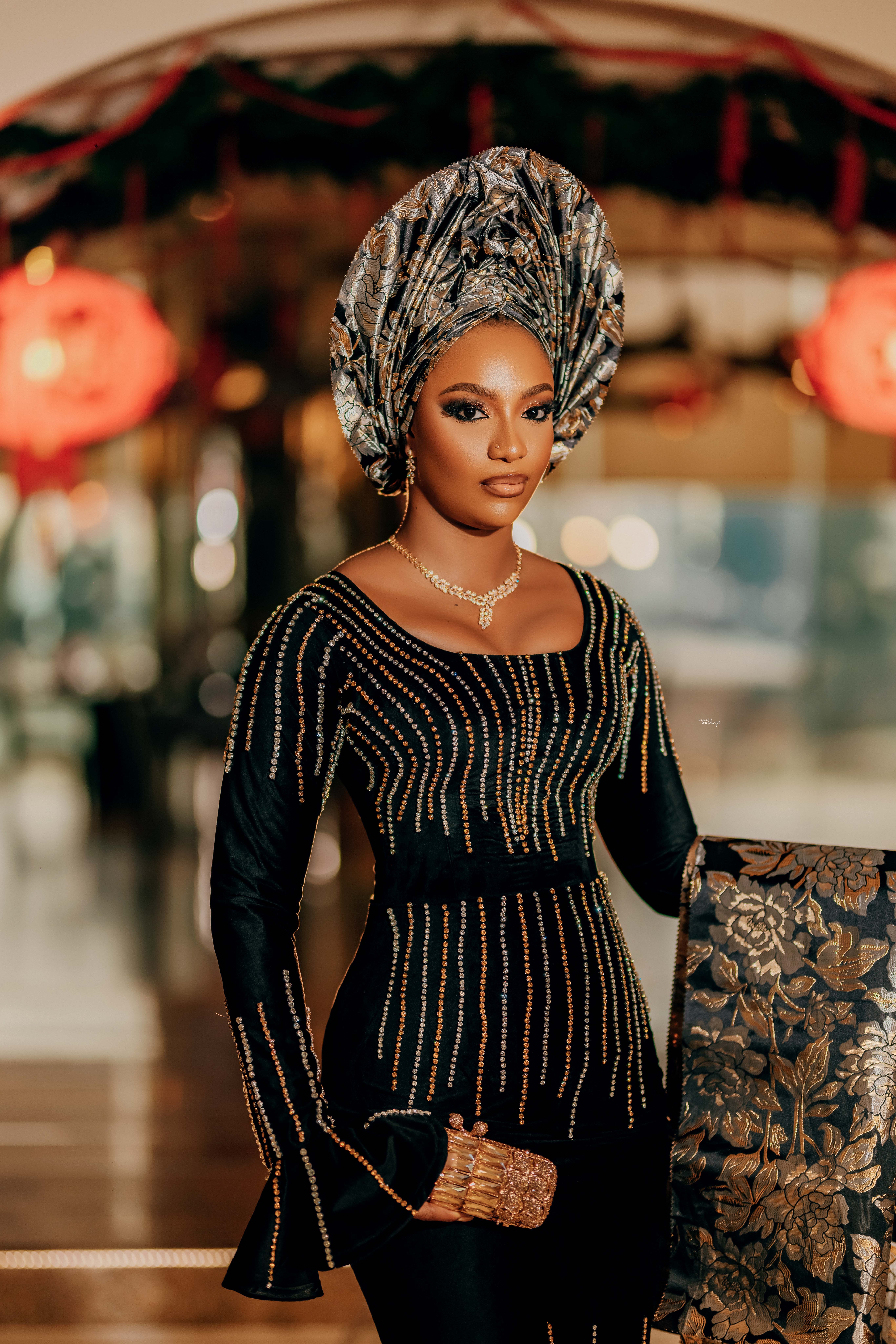
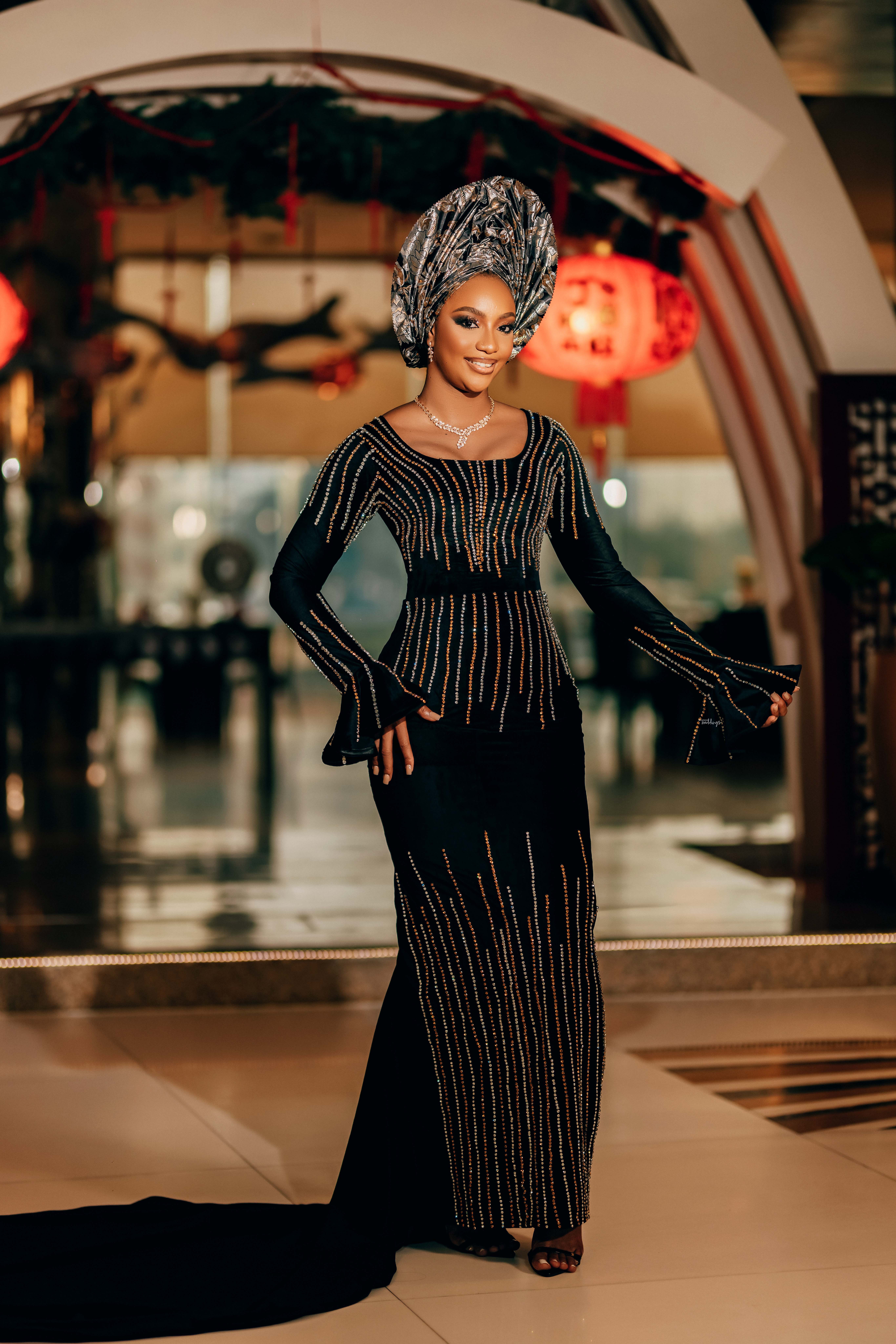
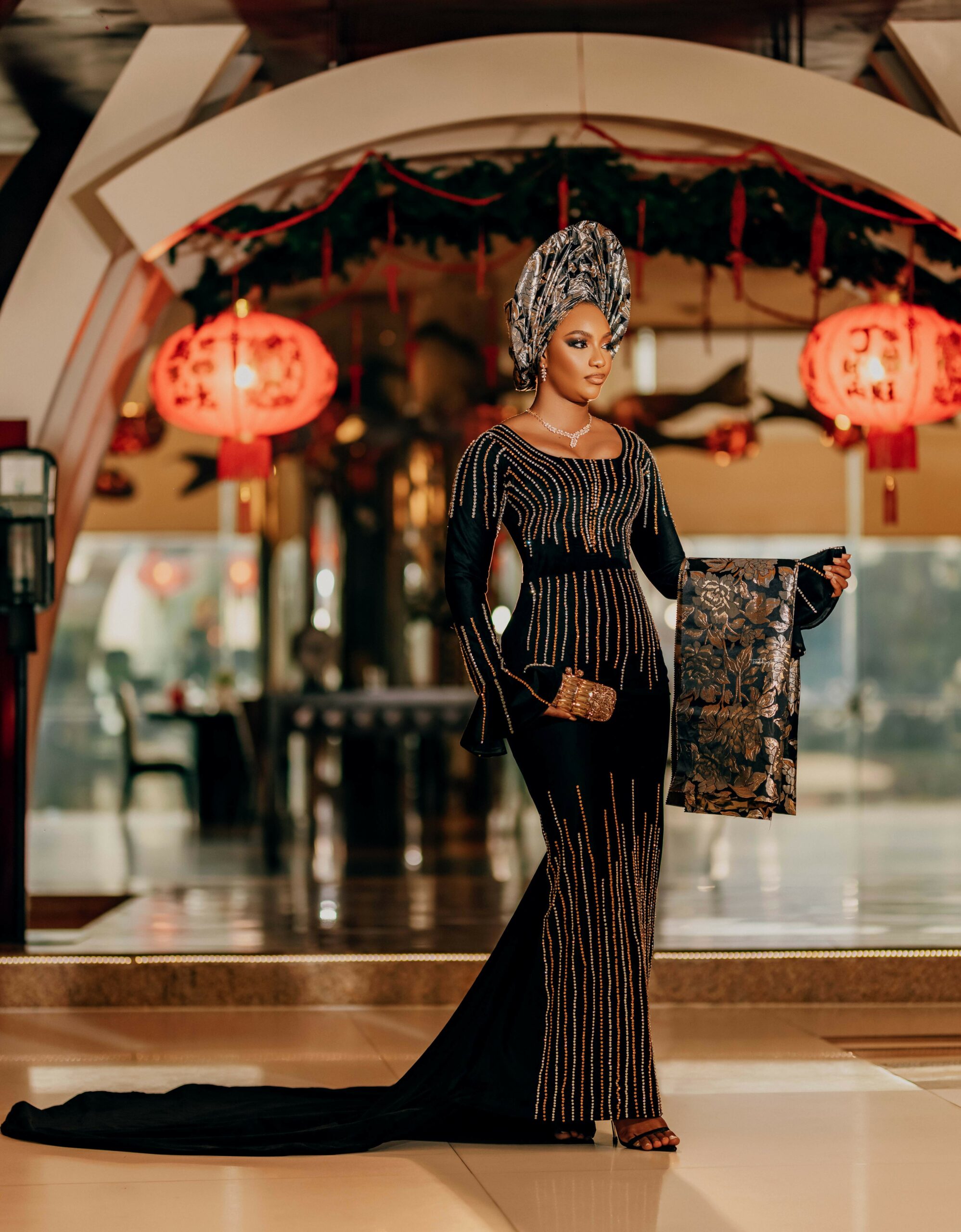
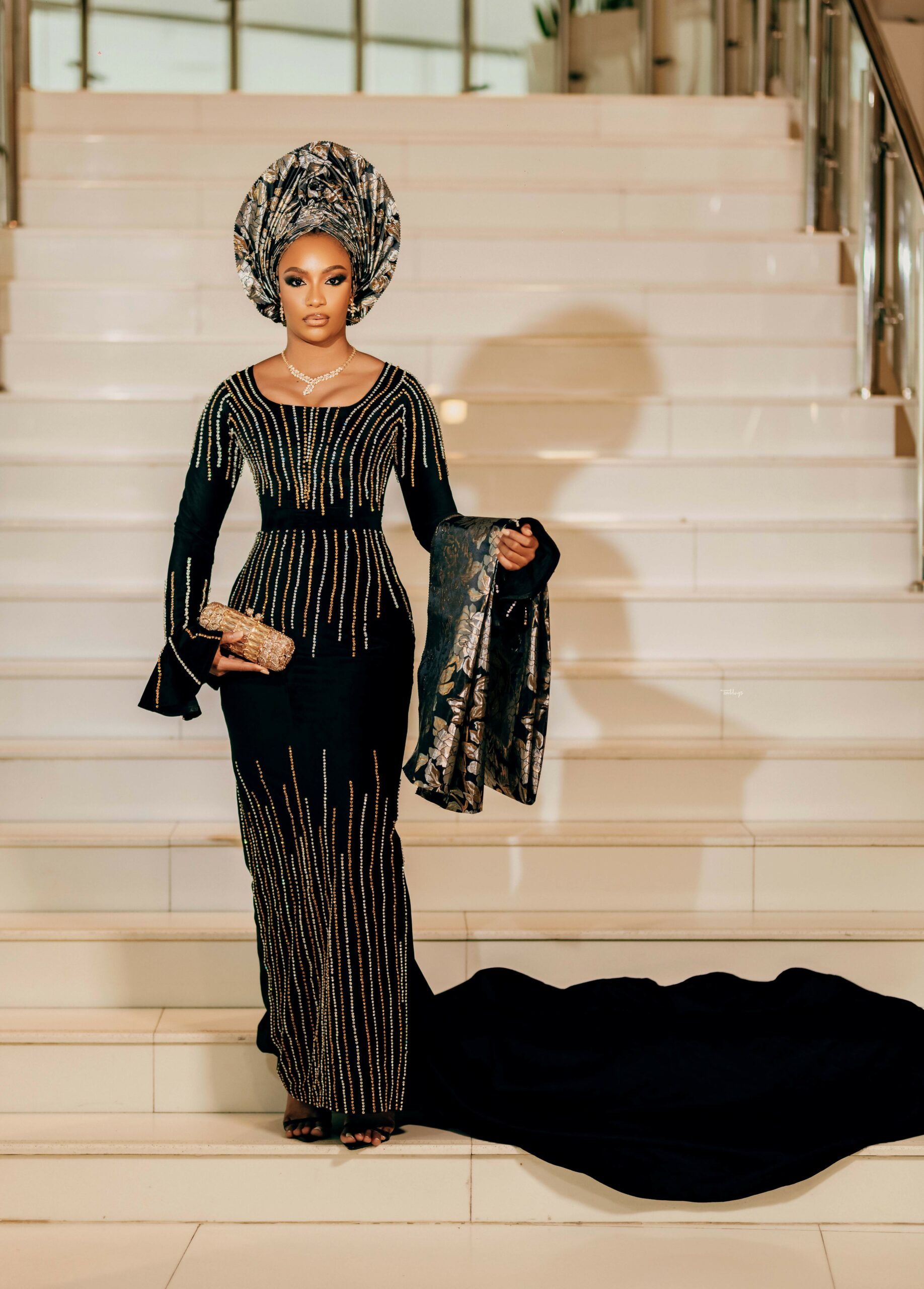
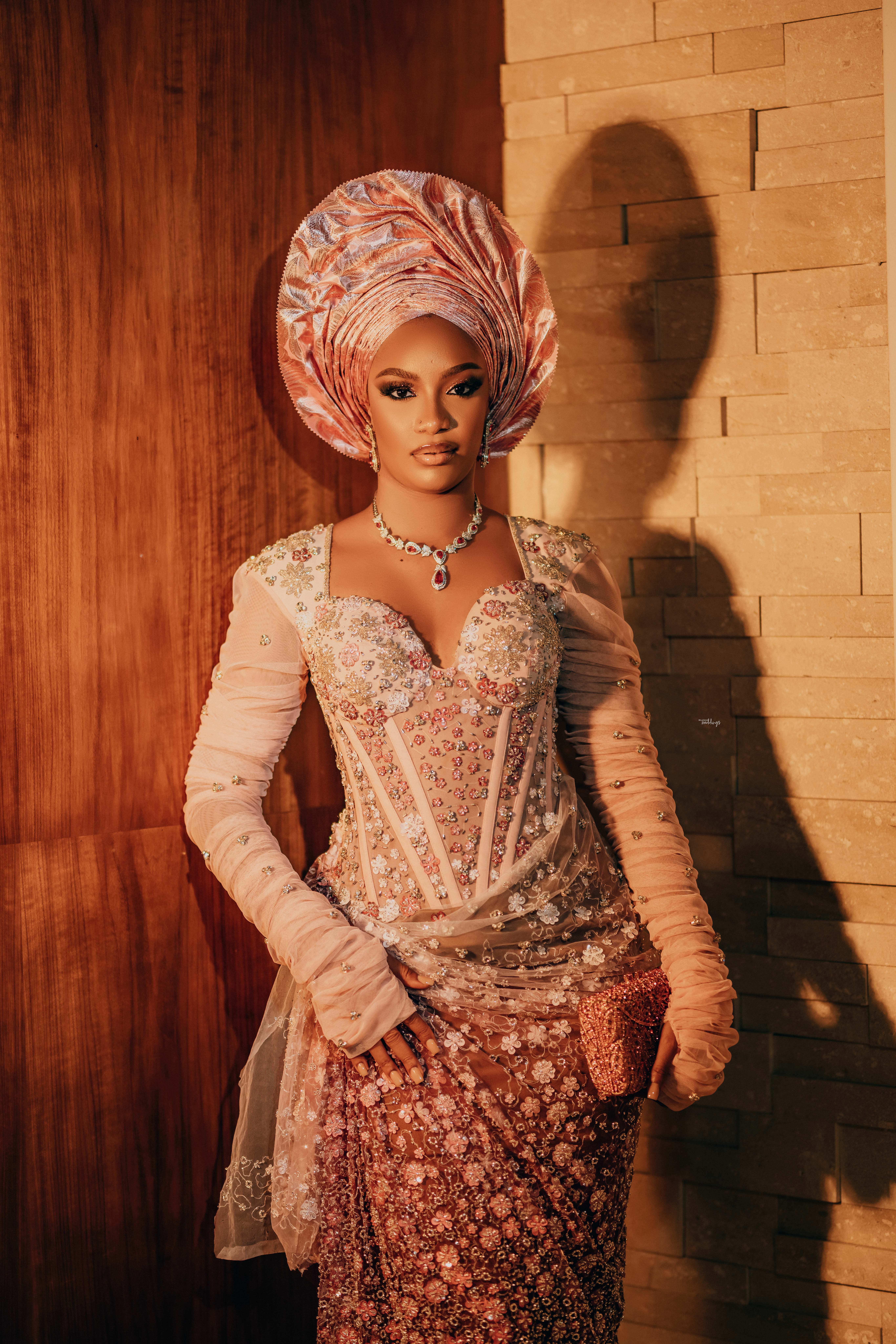
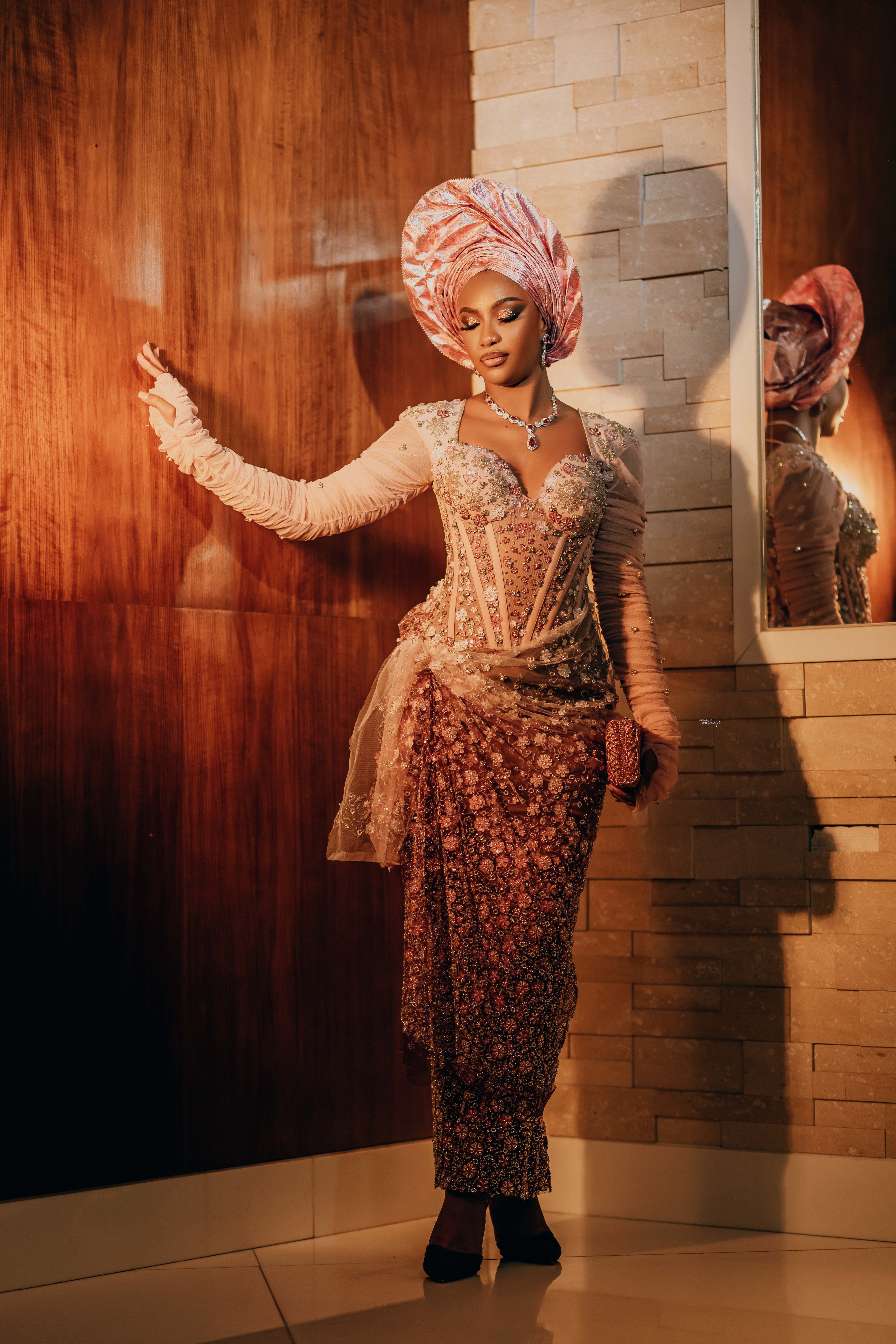
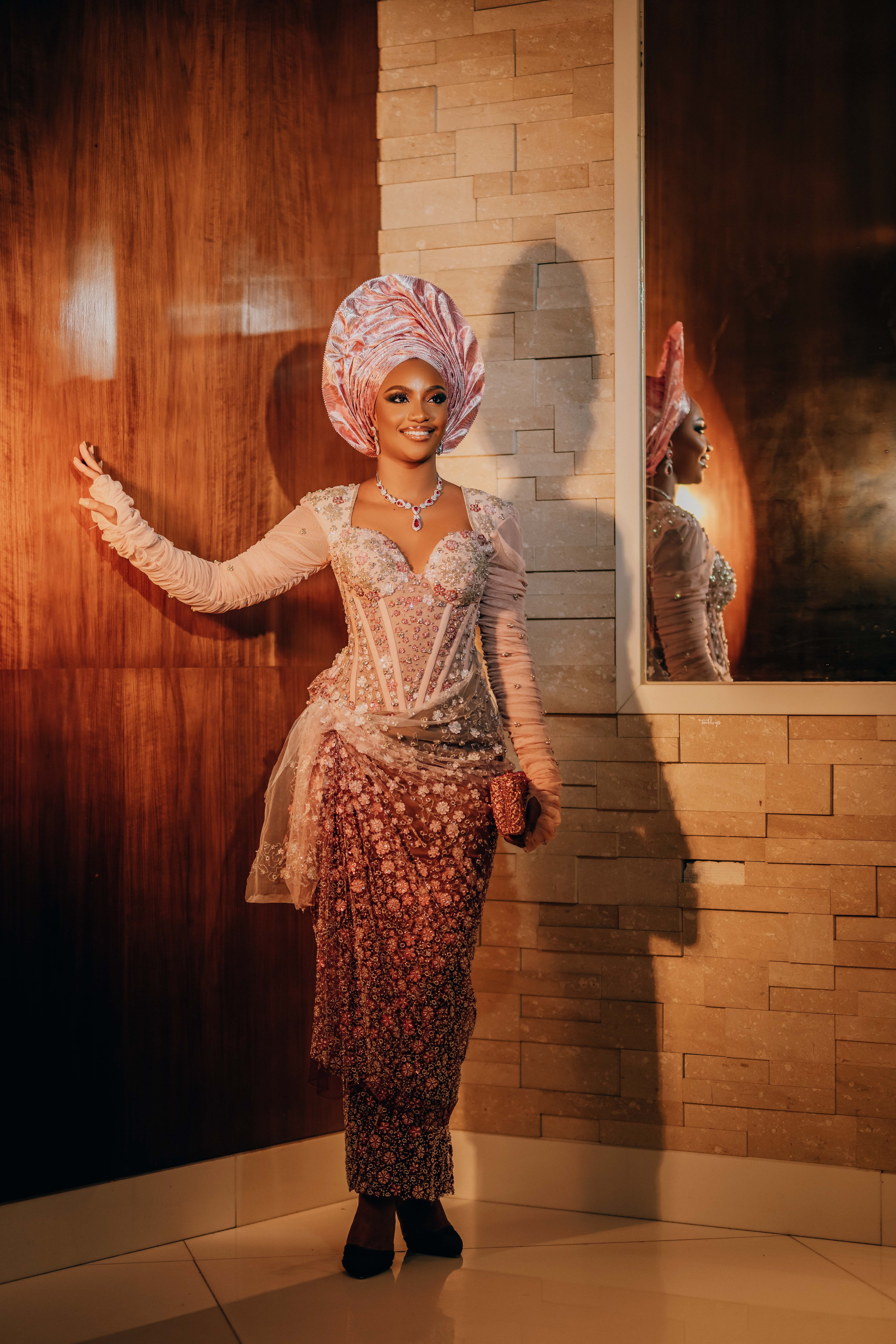
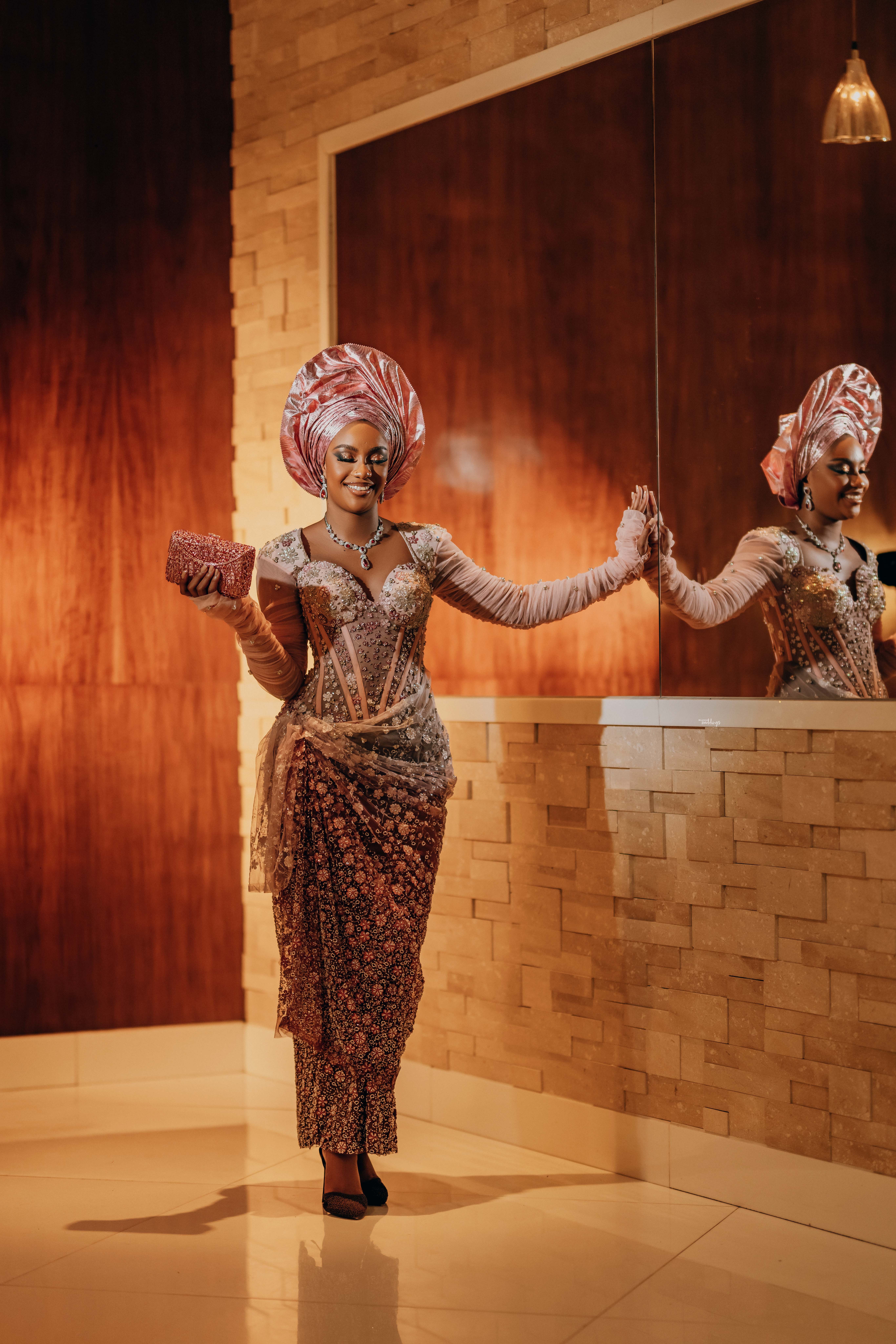
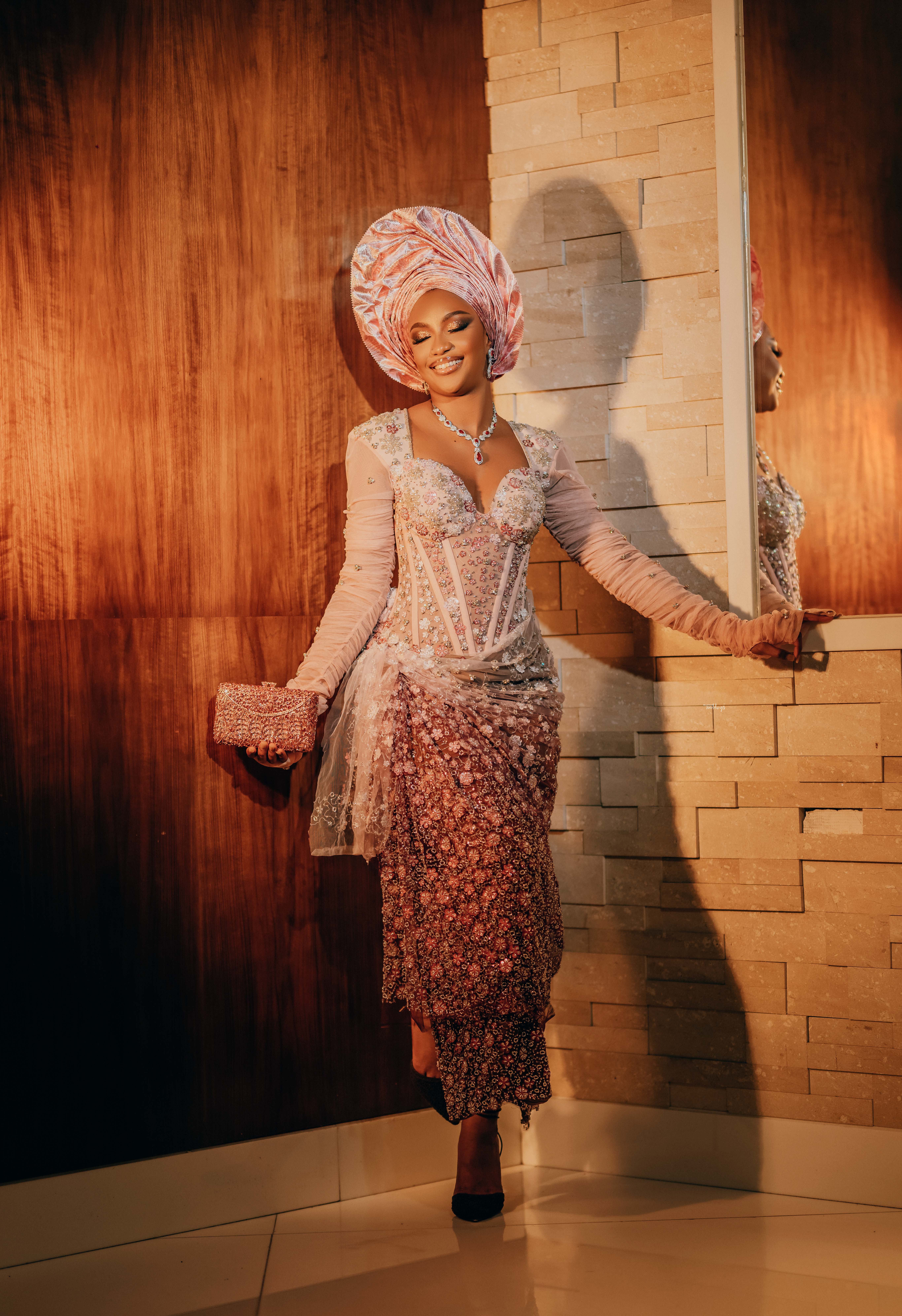
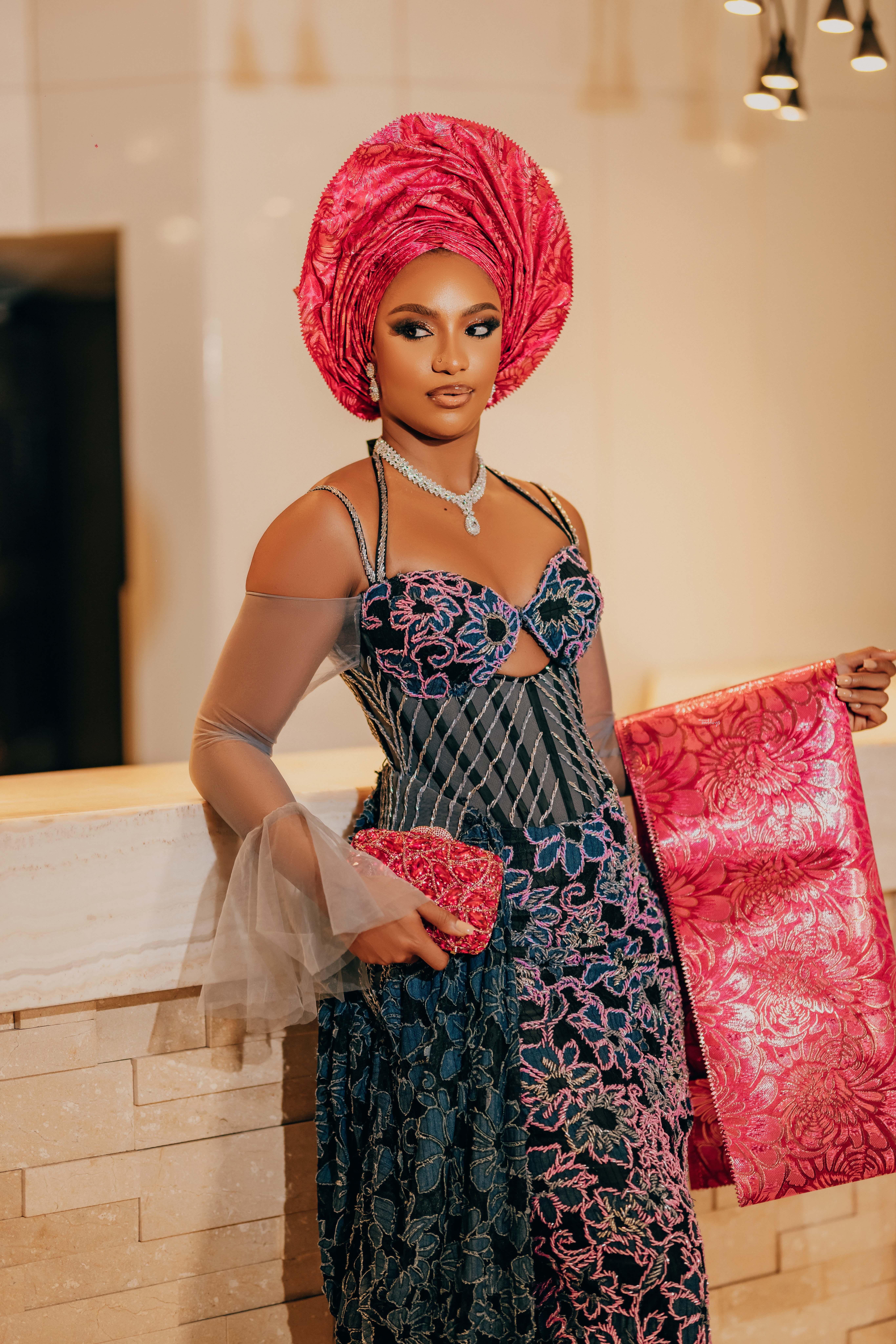
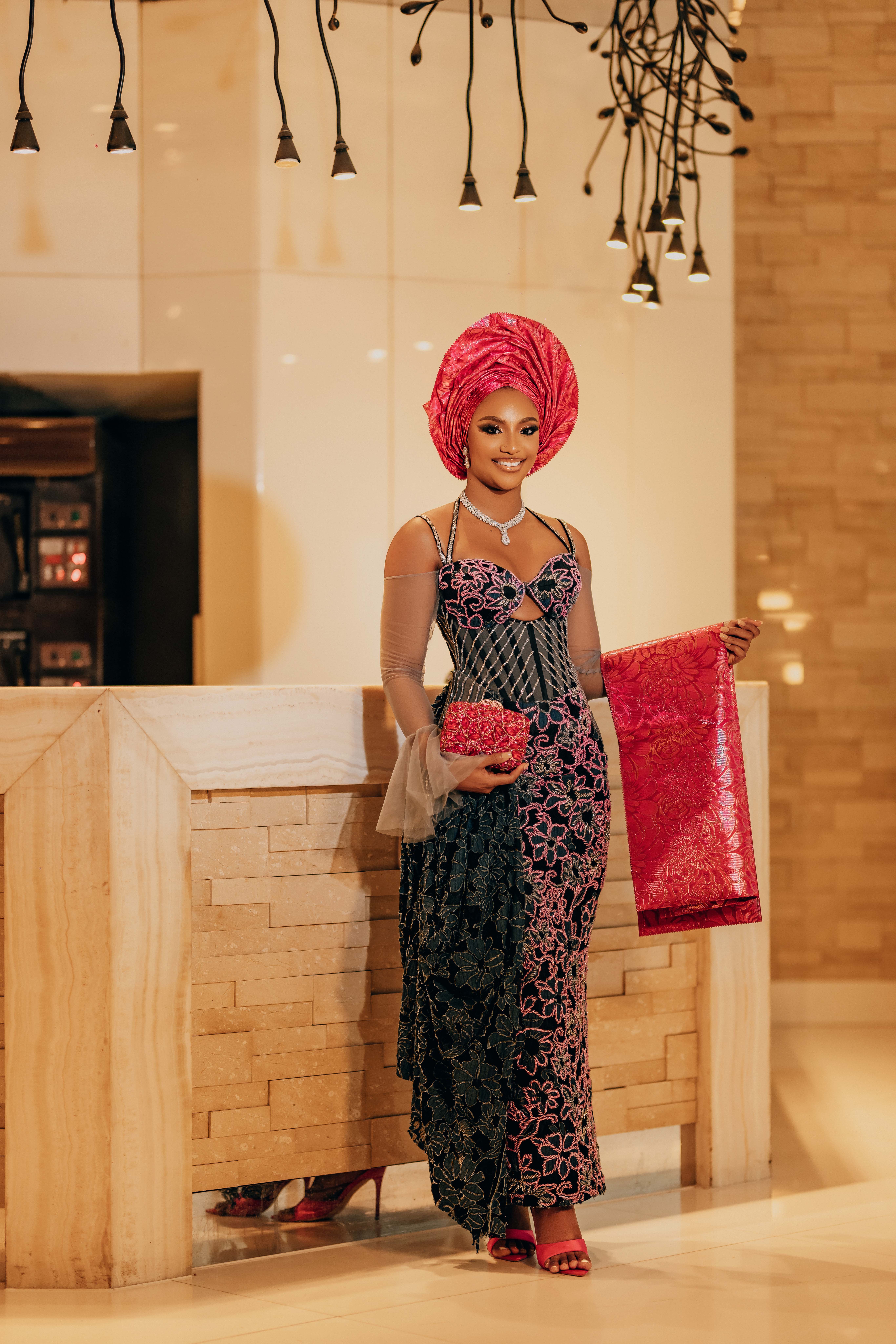
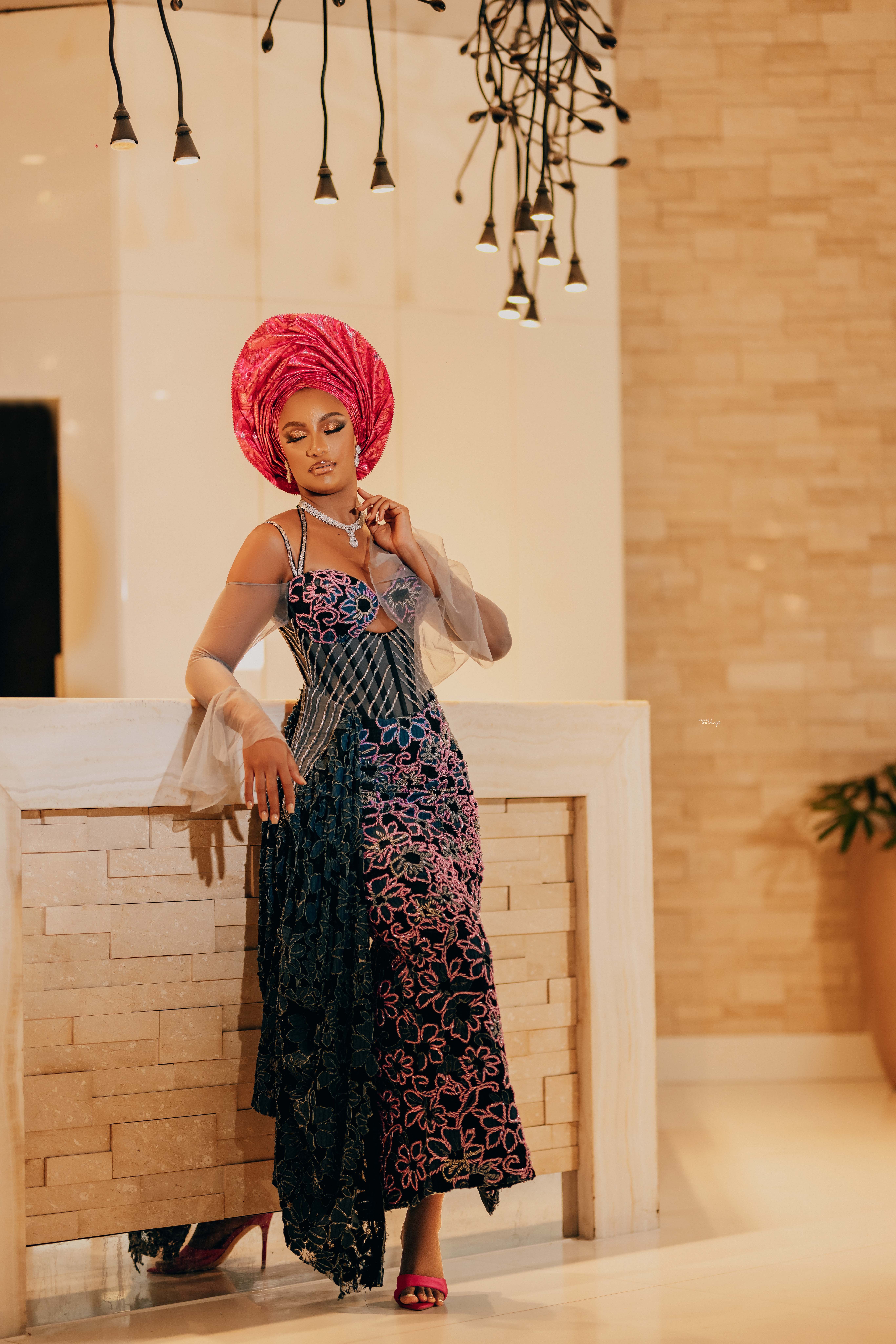
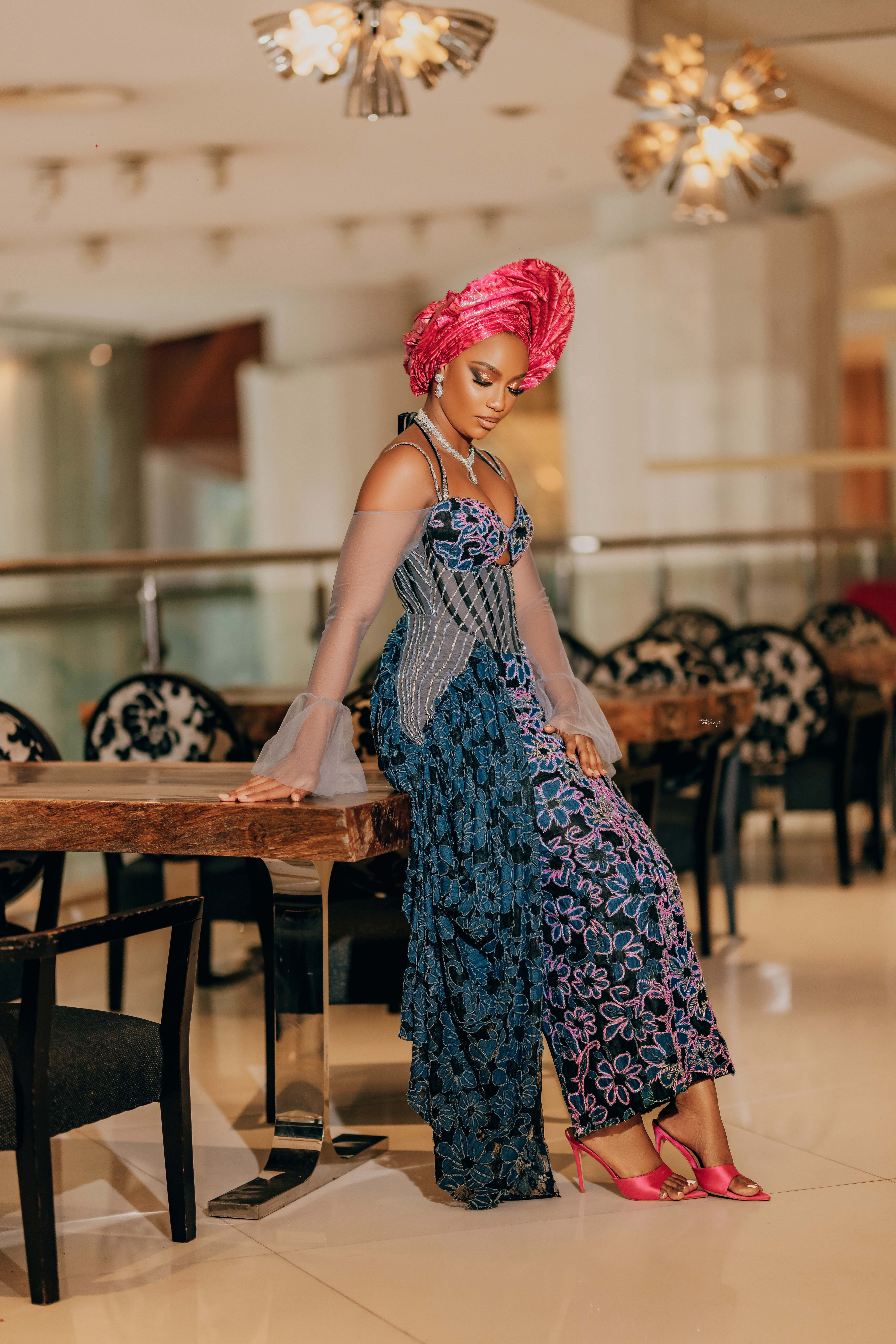
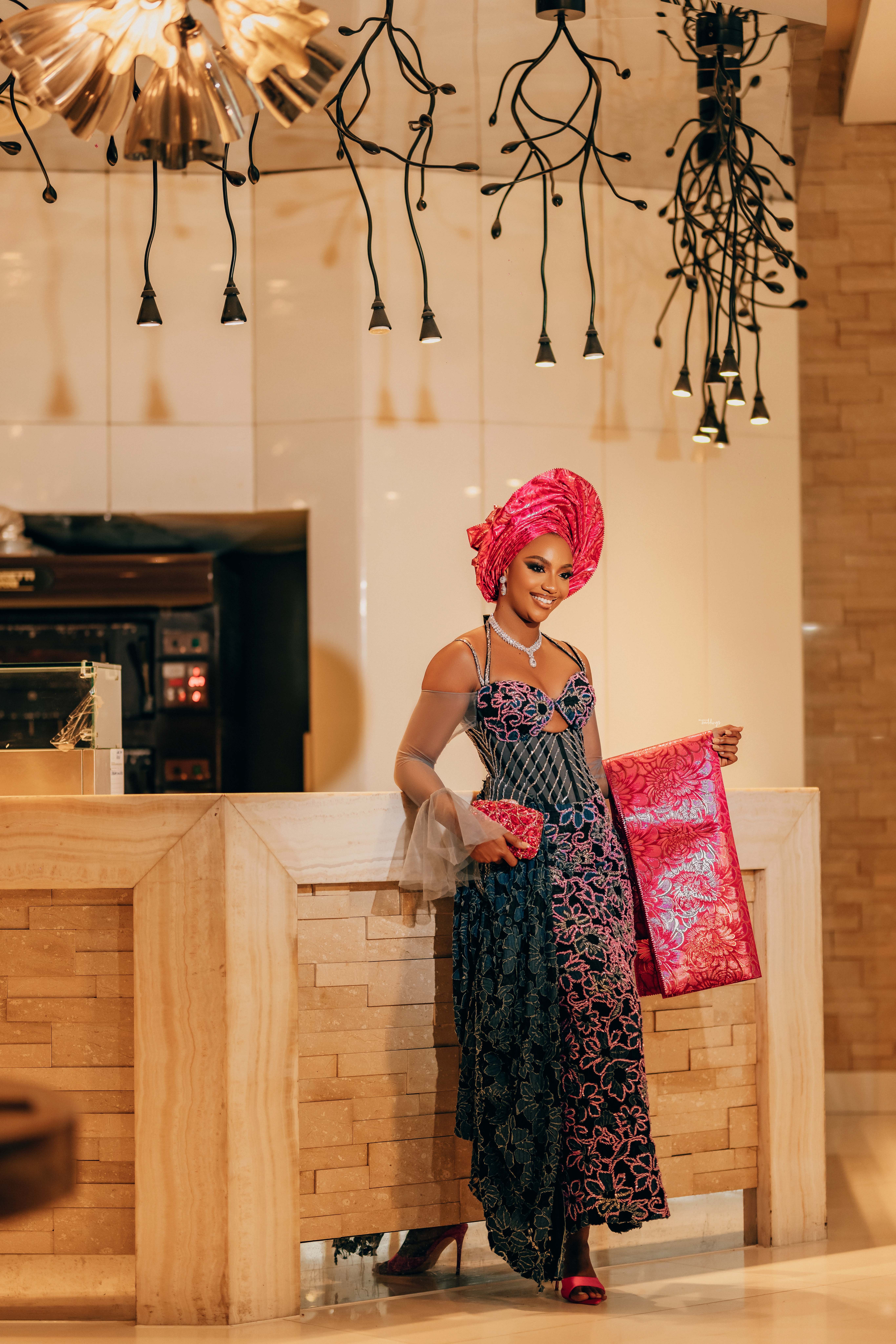
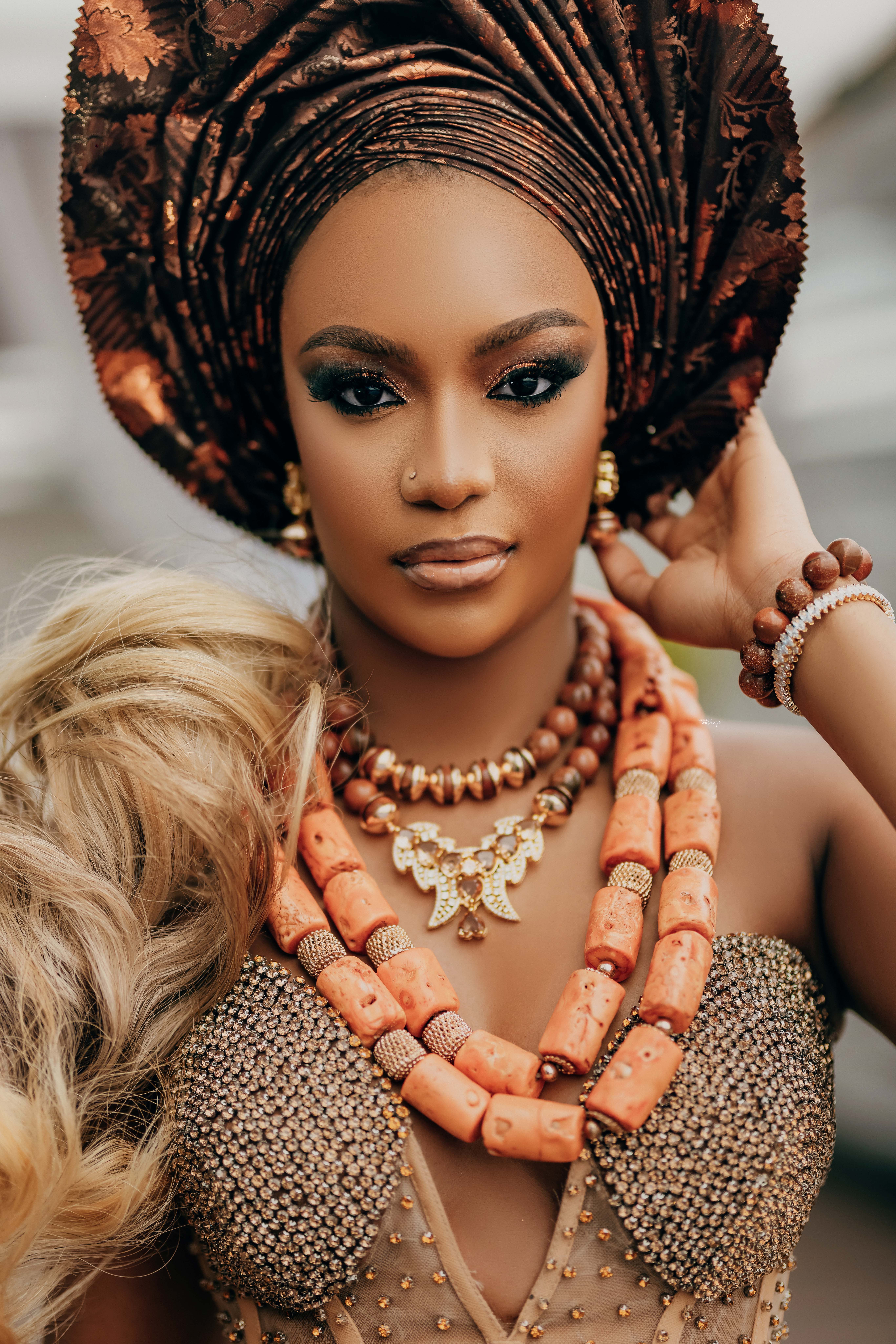
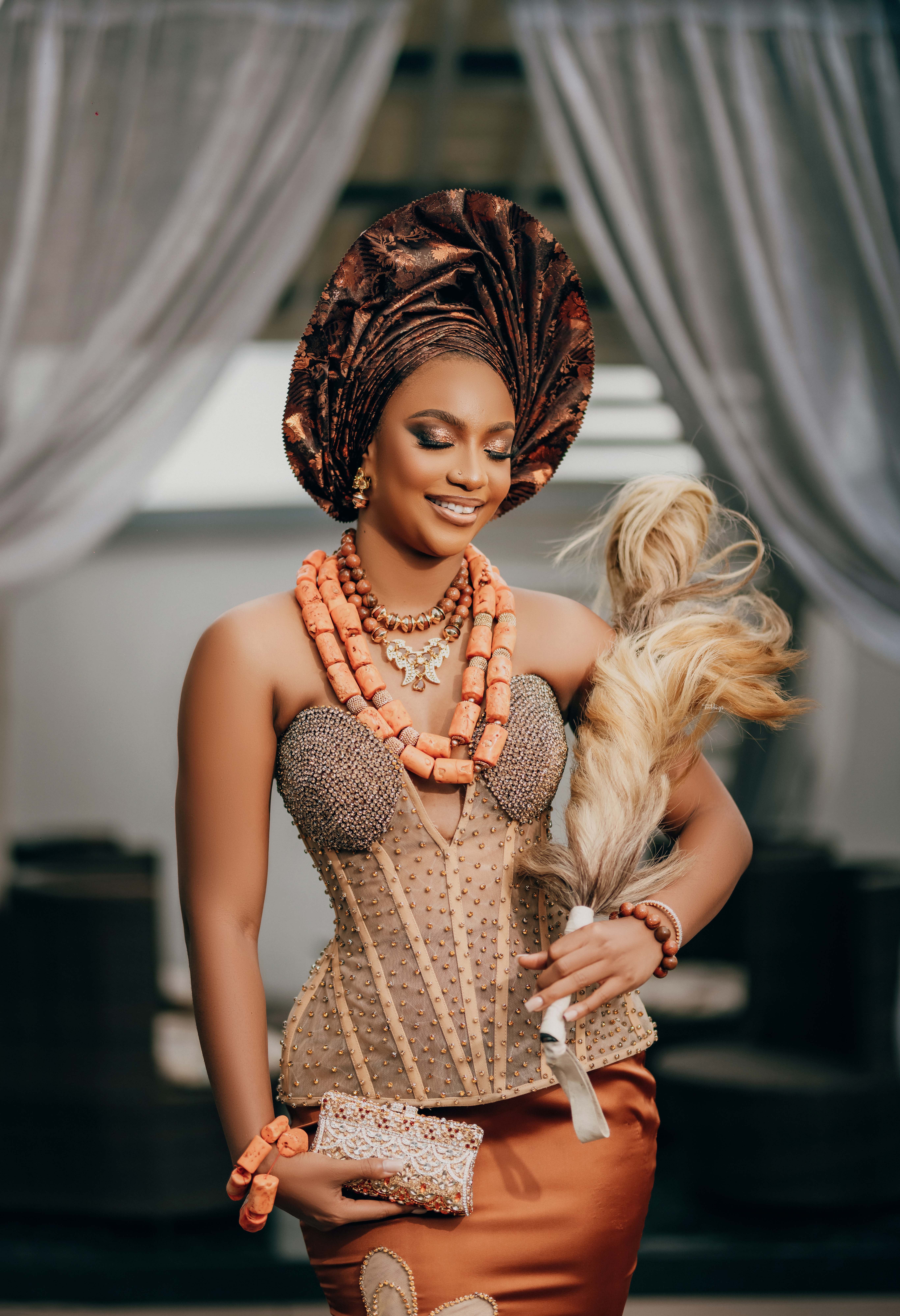
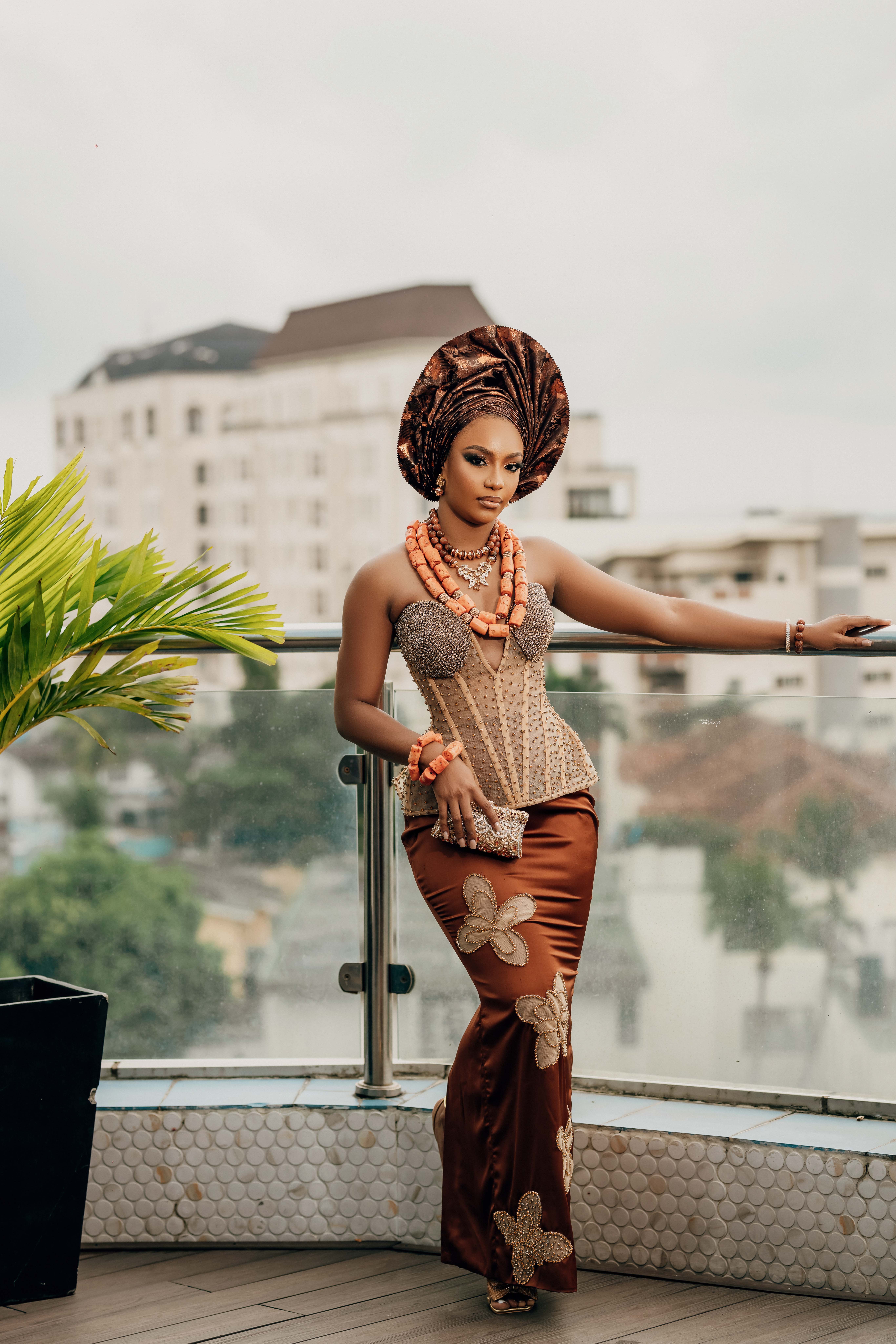
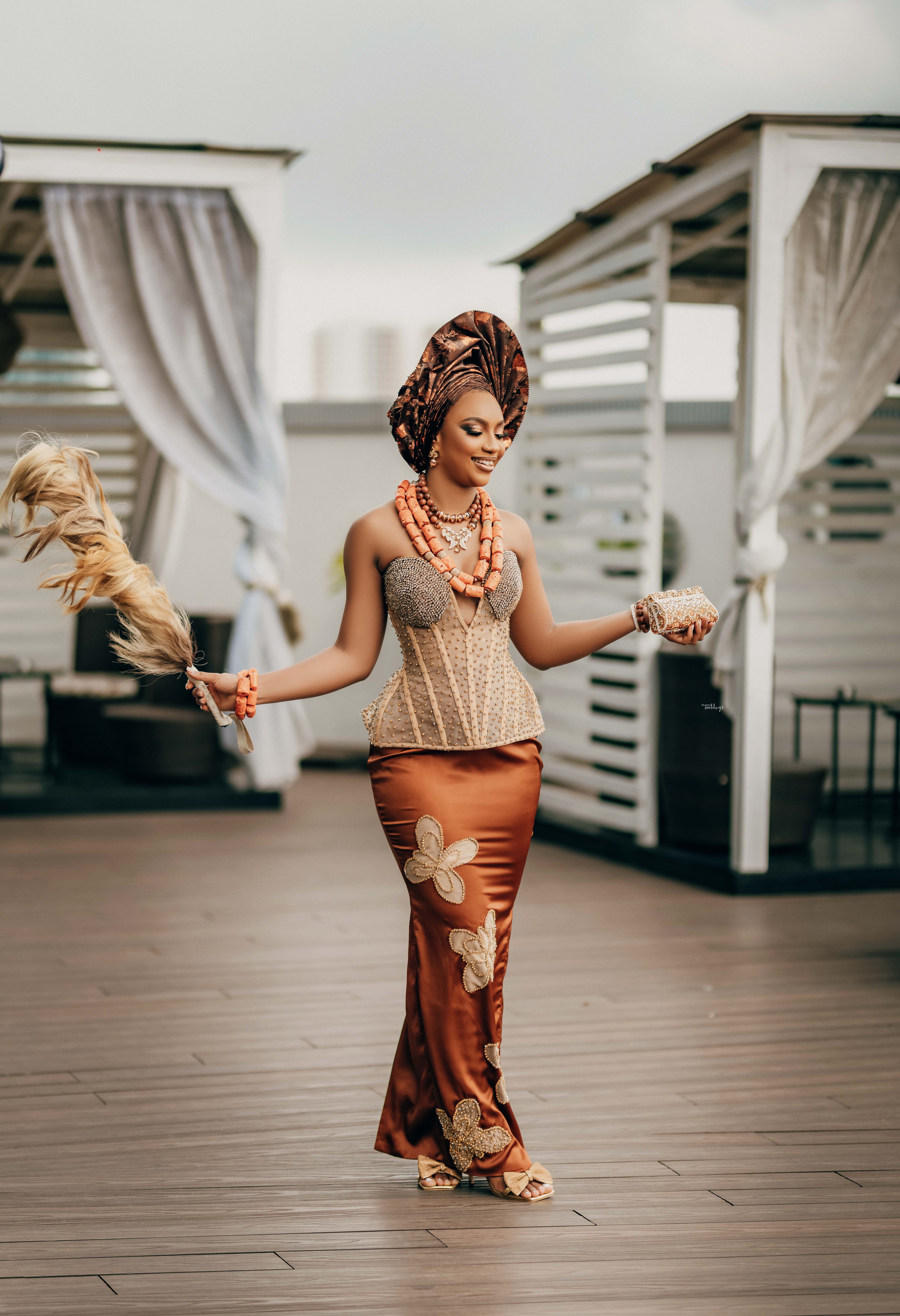
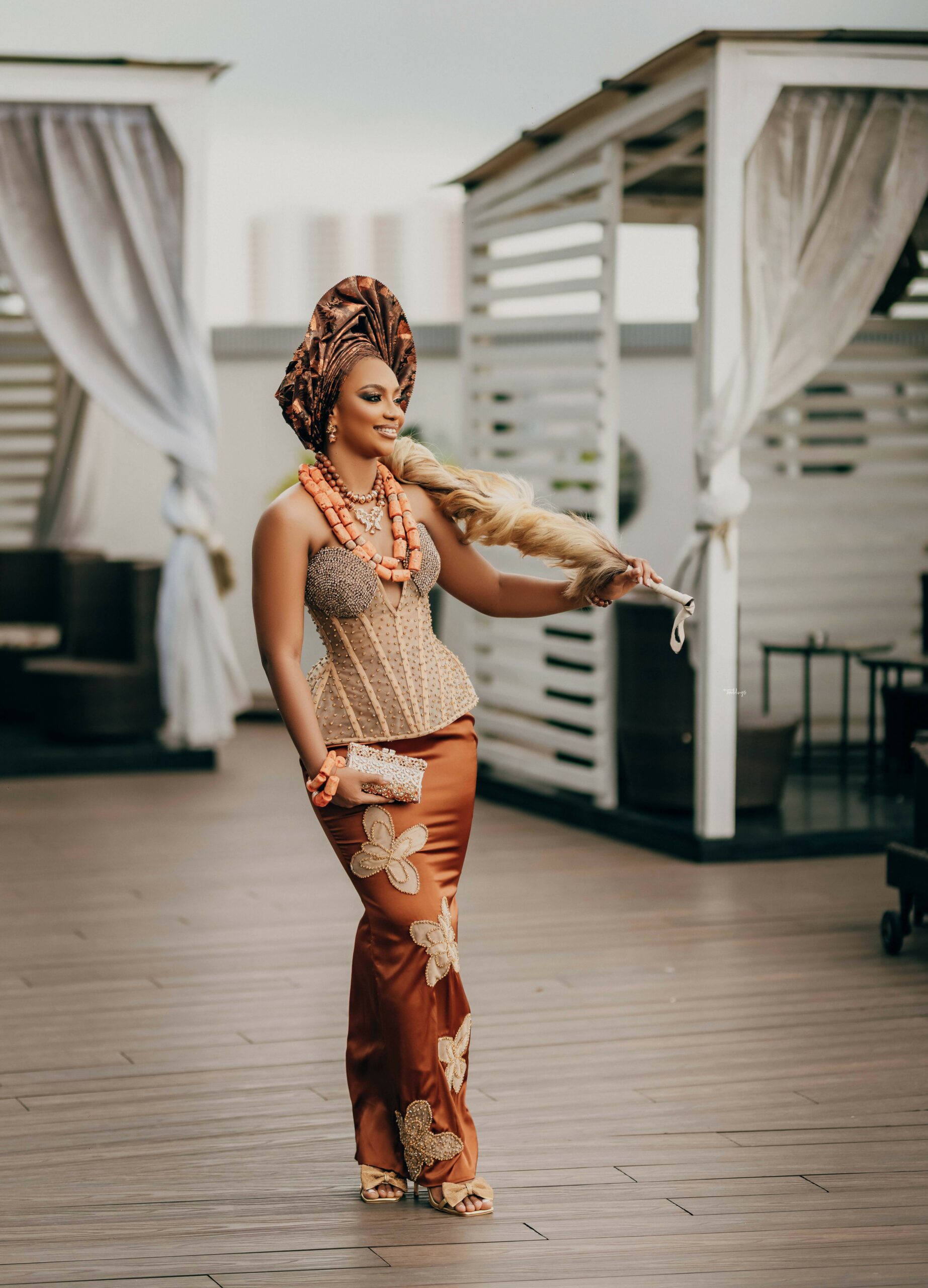
Credits
Designer @kikstylish
Videography @shotbykiks
Makeup @revysbeauty
Photography @tosin_josh | @tosinjoshweddings
Accessories @tavinbeads
Gele @sammyinventions

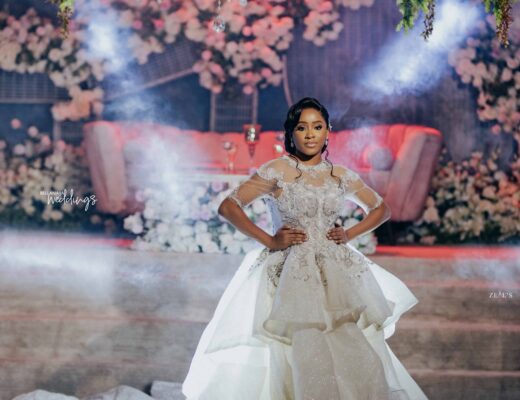
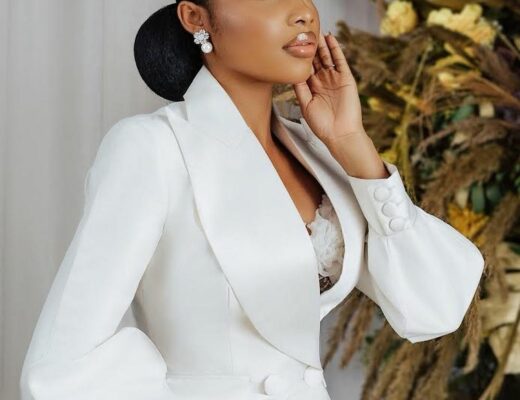
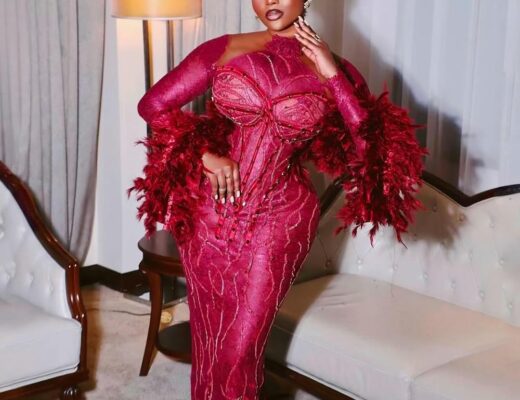
No Comments